Jouko Lehtola
Nick Knight
Andrea Modica
Bela Doka
Masafumi Sanai
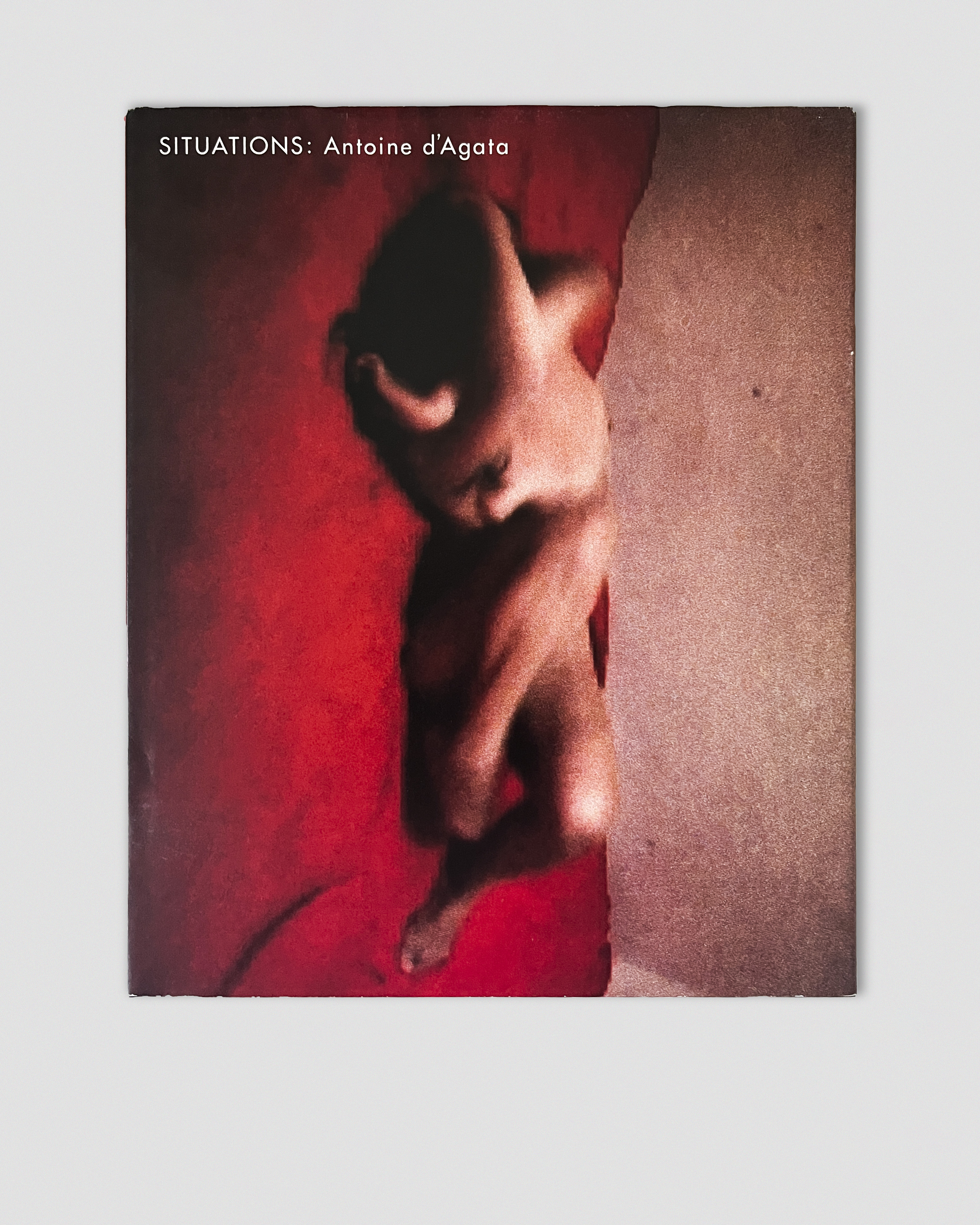
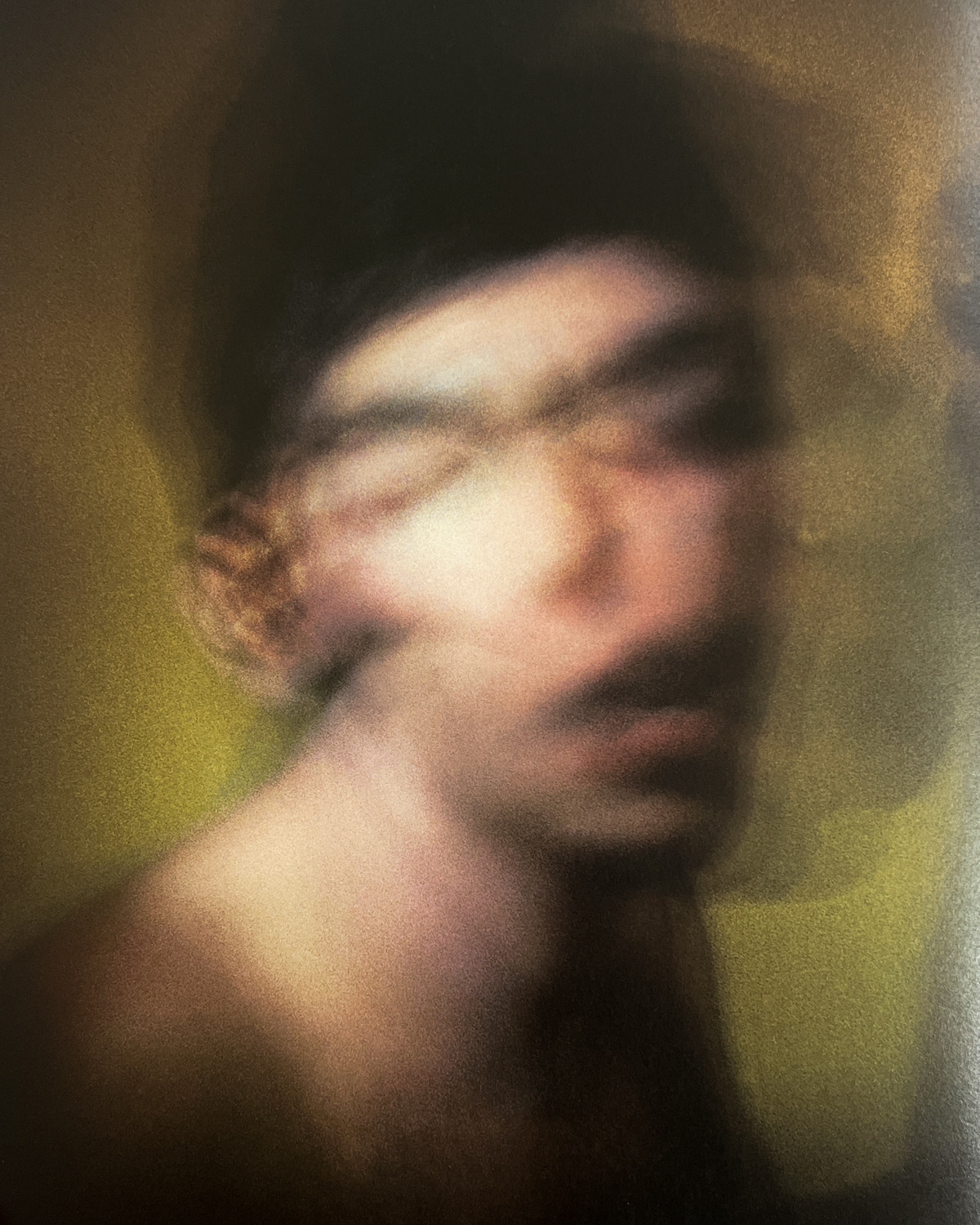


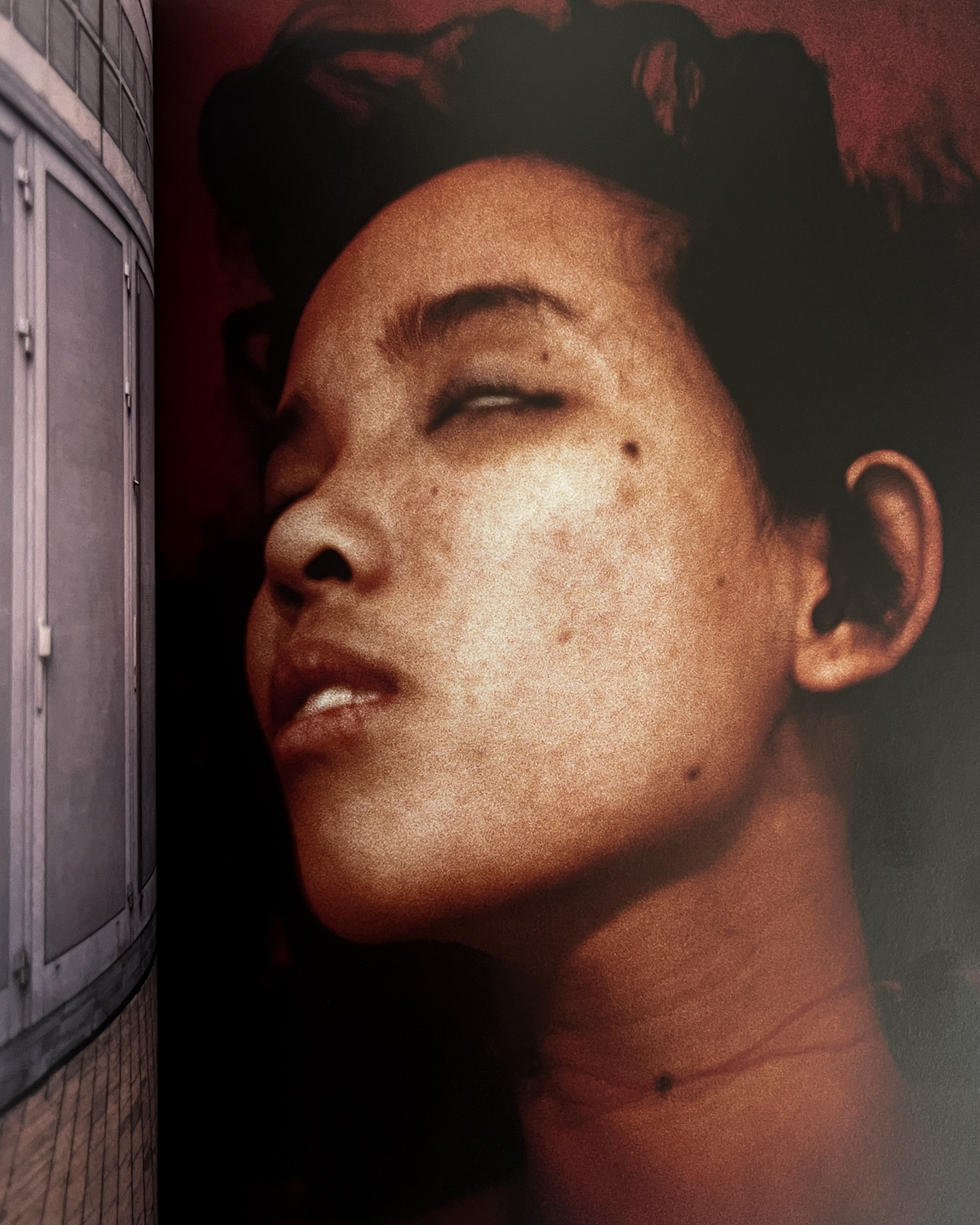




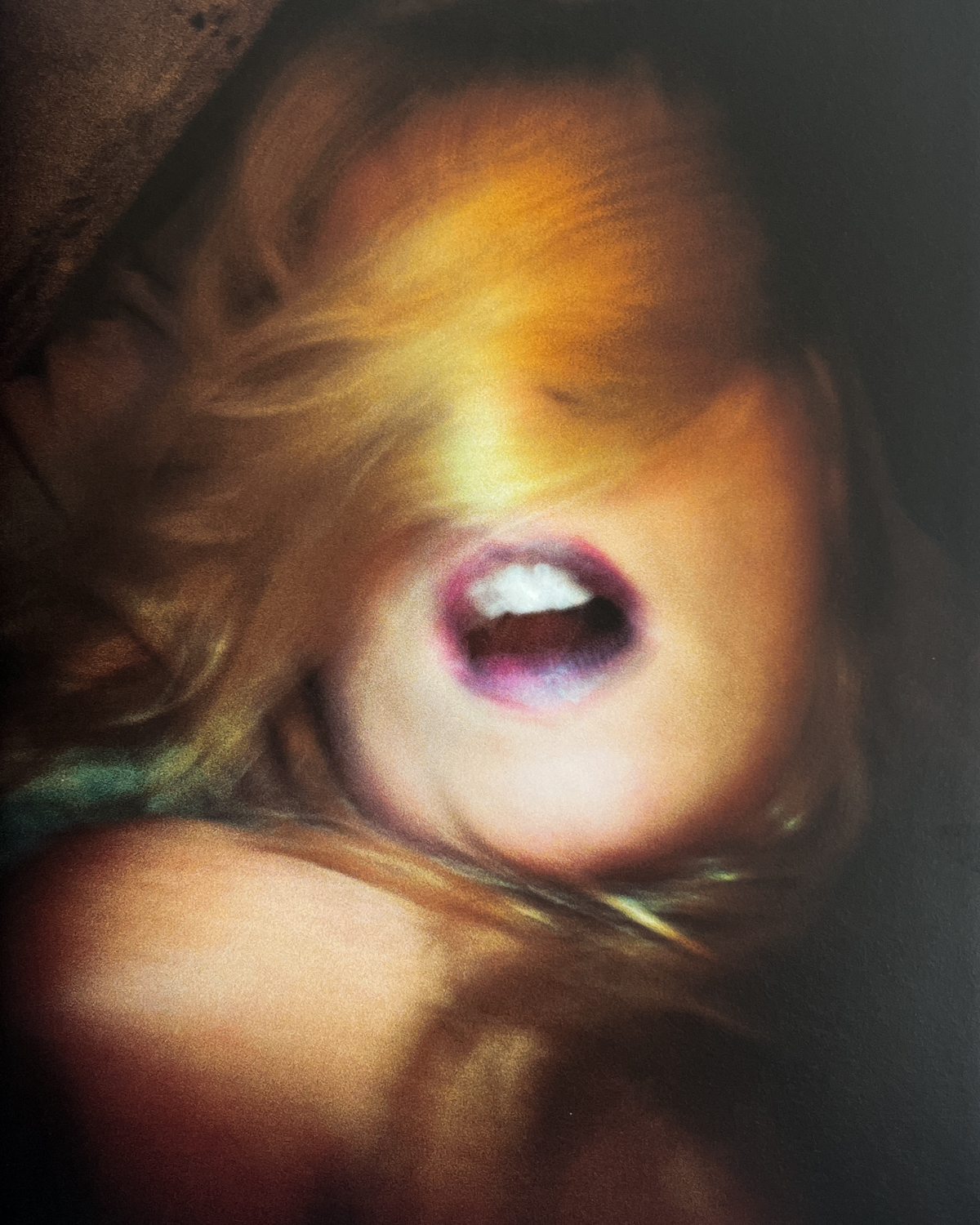

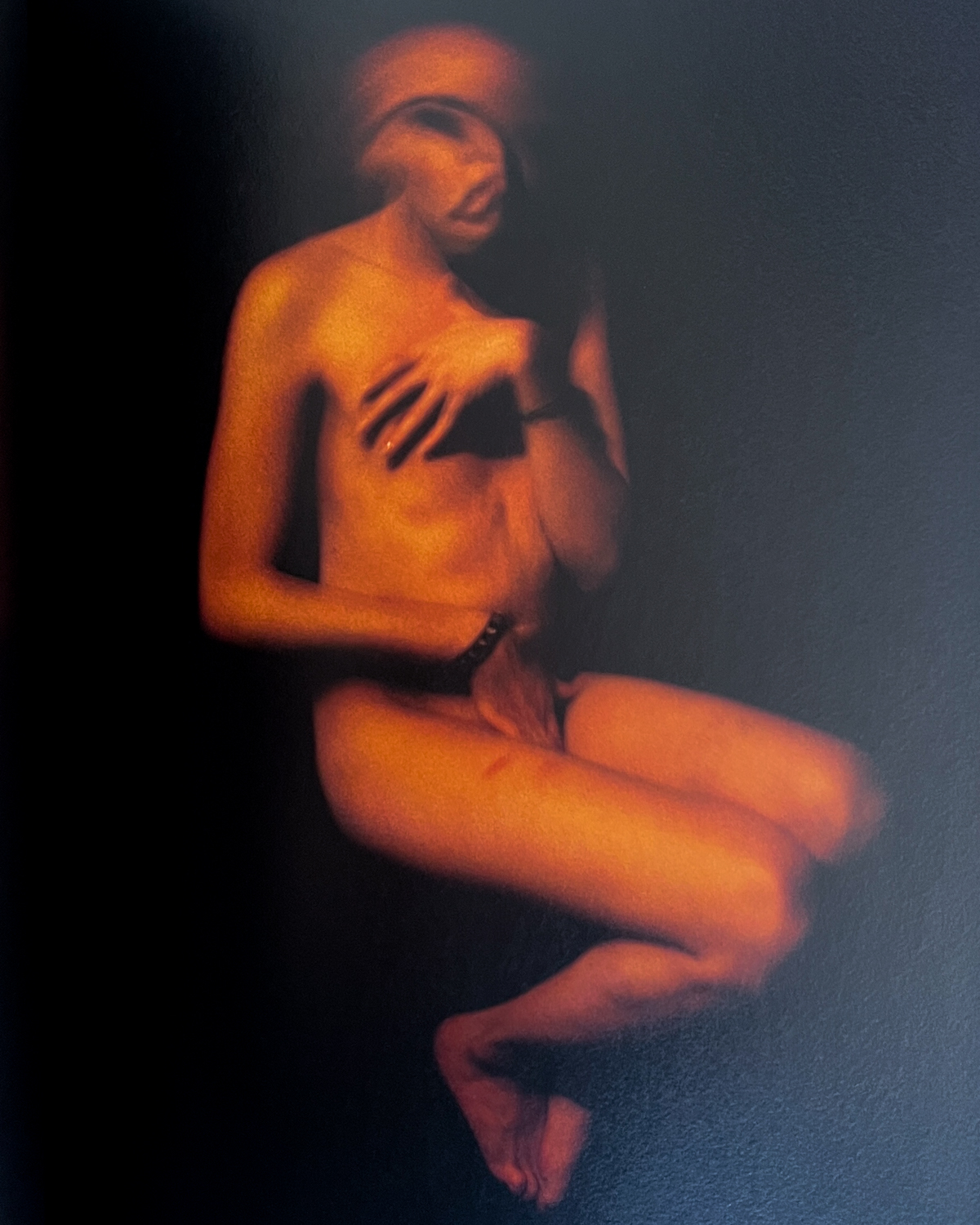
Situations
Antoine d’Agata
Hardcover with obi | First Edition | 80 Pages
Published by Rat Hole Gallery, 2007.
Published in conjunction with d’Agata’s exhibition by the same title at Rat Hole Gallery, Tokyo, ‘Situations’ presents a series of highly charged images by Magnum Photographer, Antoine d'Agata, together with an essay by famed situationist thinker Guy Debord. d’Agata’s provocative writhing photographs unveils a world of sex, drugs and decay.
Condition: good (wear to dust cover and obi)

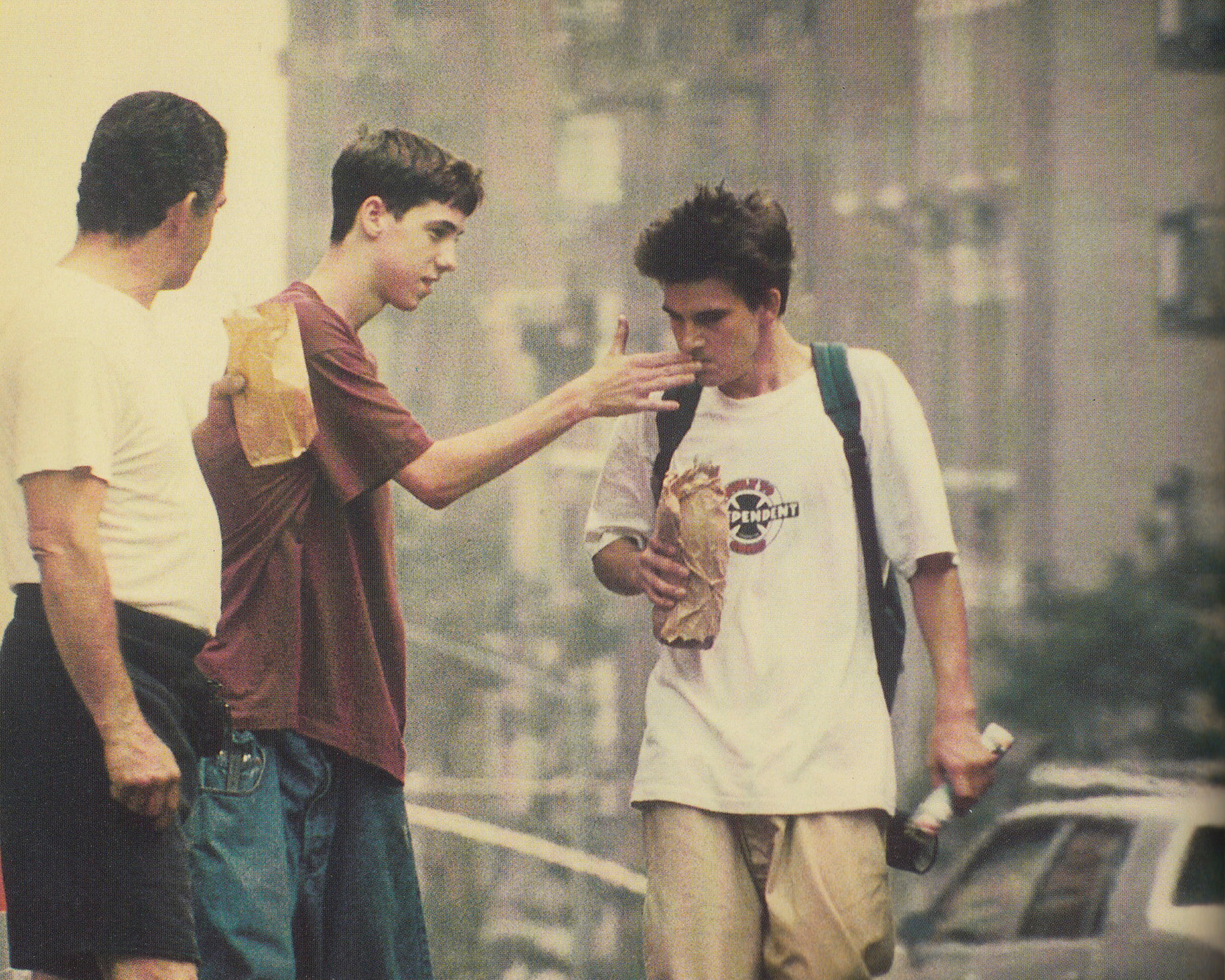
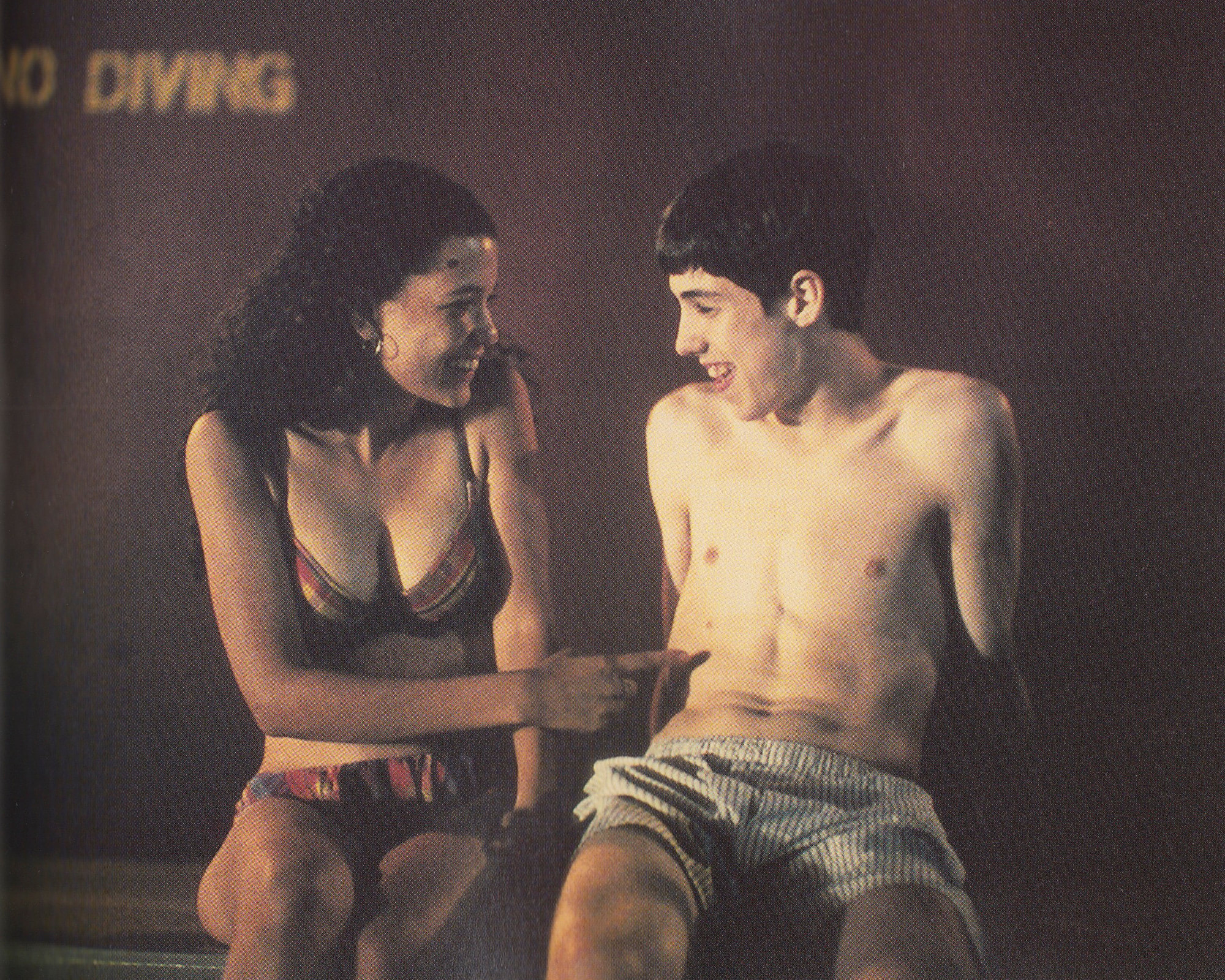
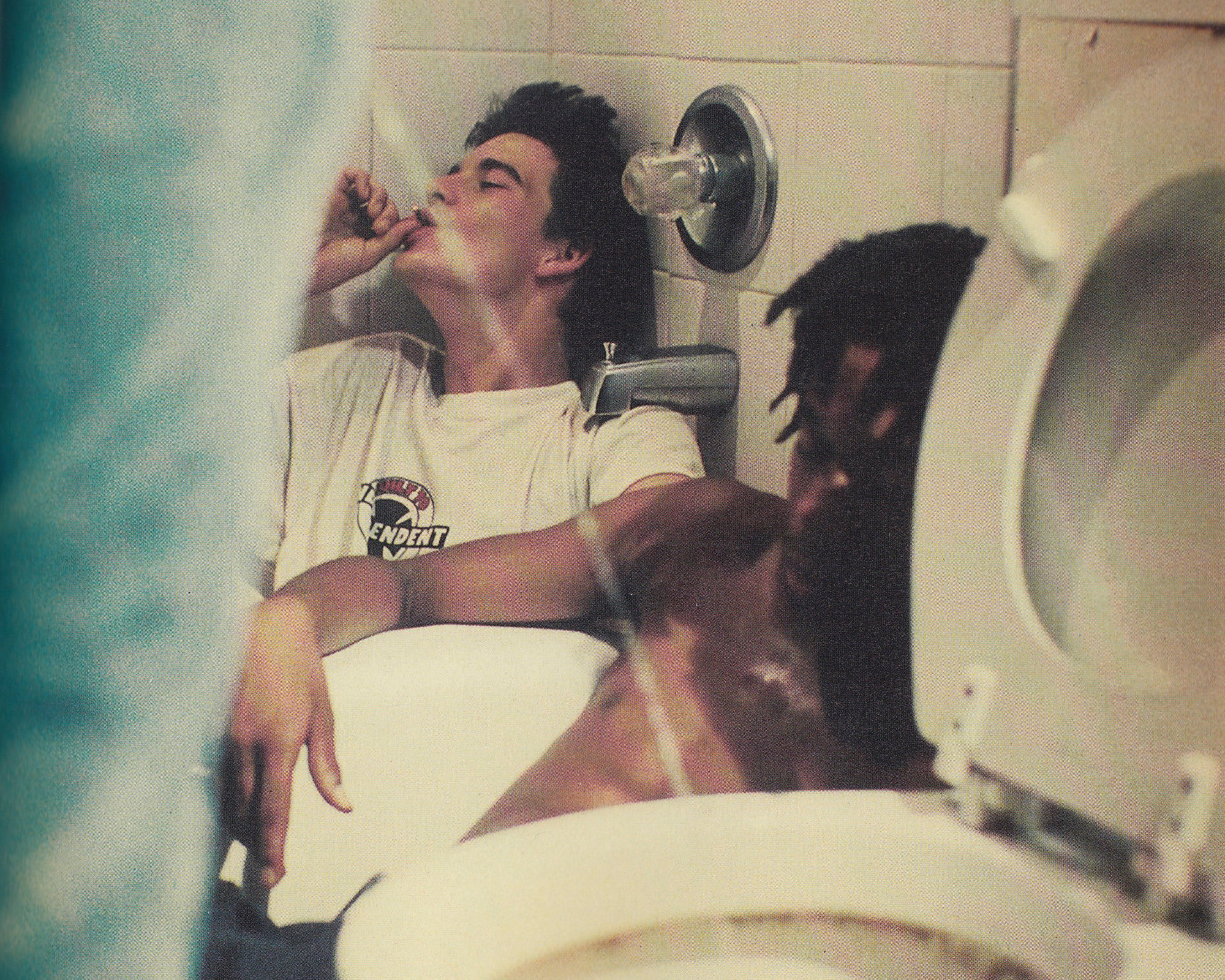
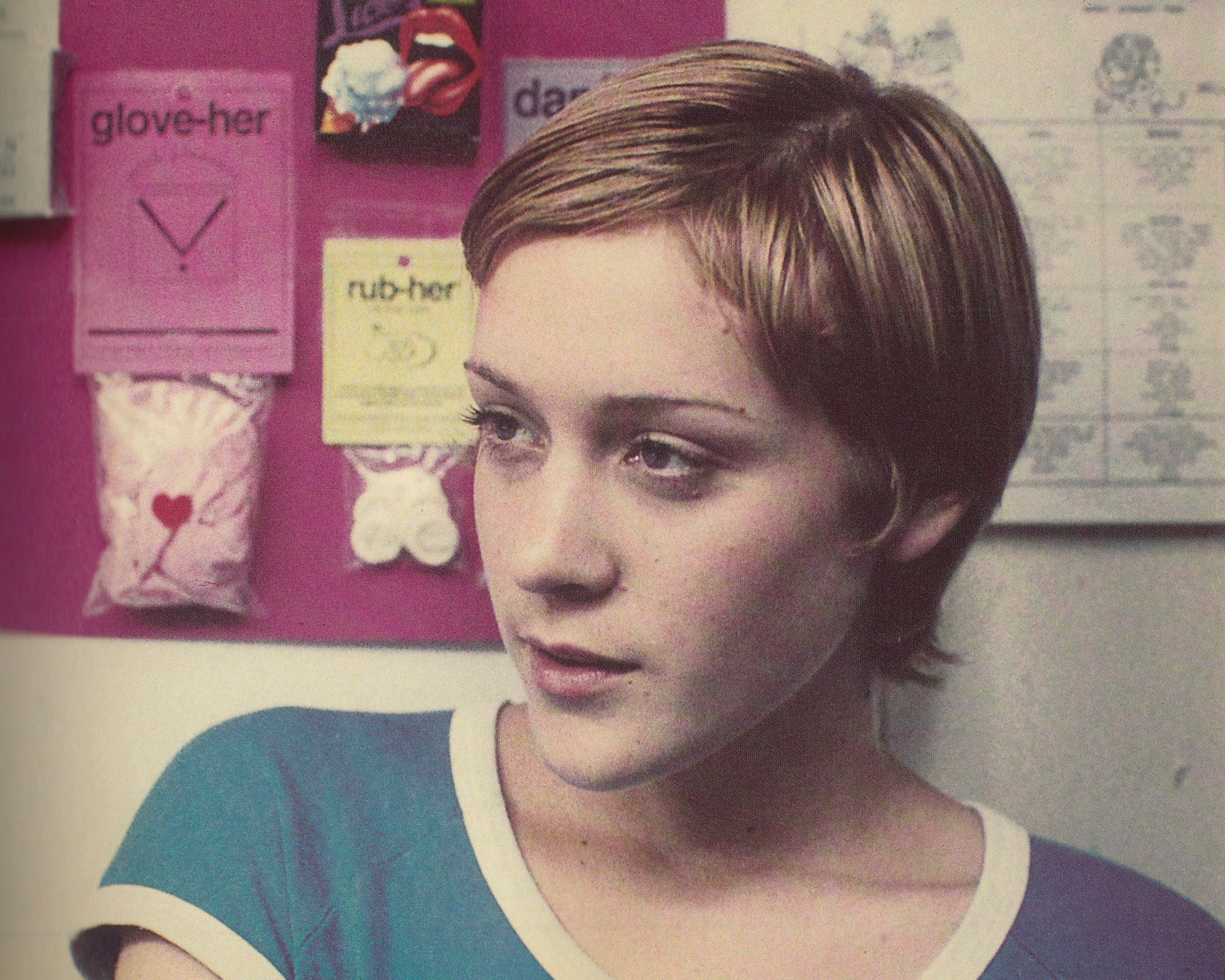
Kids
Larry Clark
Softcover | First Edition | 160 pages
Published by Faber and Faber Limited, 1995.
The visual book of Larry Clark's iconic first film, Kids. The book consists of photographs plus the original screenplay. 'Kids' acts as a day in the life of a group of teenagers in New York City during the mid-1990s. Written by Harmony Korine, directed by Clark and starring Chloë Sevigny, Leo Fitzpatrick, Justin Pierce, Rosario Dawson and Jon Abrahams, the film was a raw display of disaffected youth, complete with sex, drugs, violence and skateboarding.
"Well, I always wanted to make the teenage movie that I felt
America never made – the great American teenage movie, like the great American novel. That's what I always wanted to do. I remember back in the fifties when I was a kid, and the teenage movies were like City across the River and Amboy Dukes. I would see those movies and I would say, Those kids don’t look like kids, they’re all like older people, like grown-ups. So right away they don't ring true. That's why some of the teenage movies that I do like – Over the Edge – the reason why I liked that movie was that they used kids the right age, they actually used kids. Real kids. I knew my film had to be from the inside, so I called this kid writer I knew through skateboarding, and he came over and I told him what I wanted, and he said, I've been waiting all my life to write this, and he knocked out the screenplay in three weeks. I think when you see the movie Kids that most of us – not all of us, but most of us – will say, Yeah, that's the way we were, that's the way the kids are." – Larry Clark.
Condition: very good
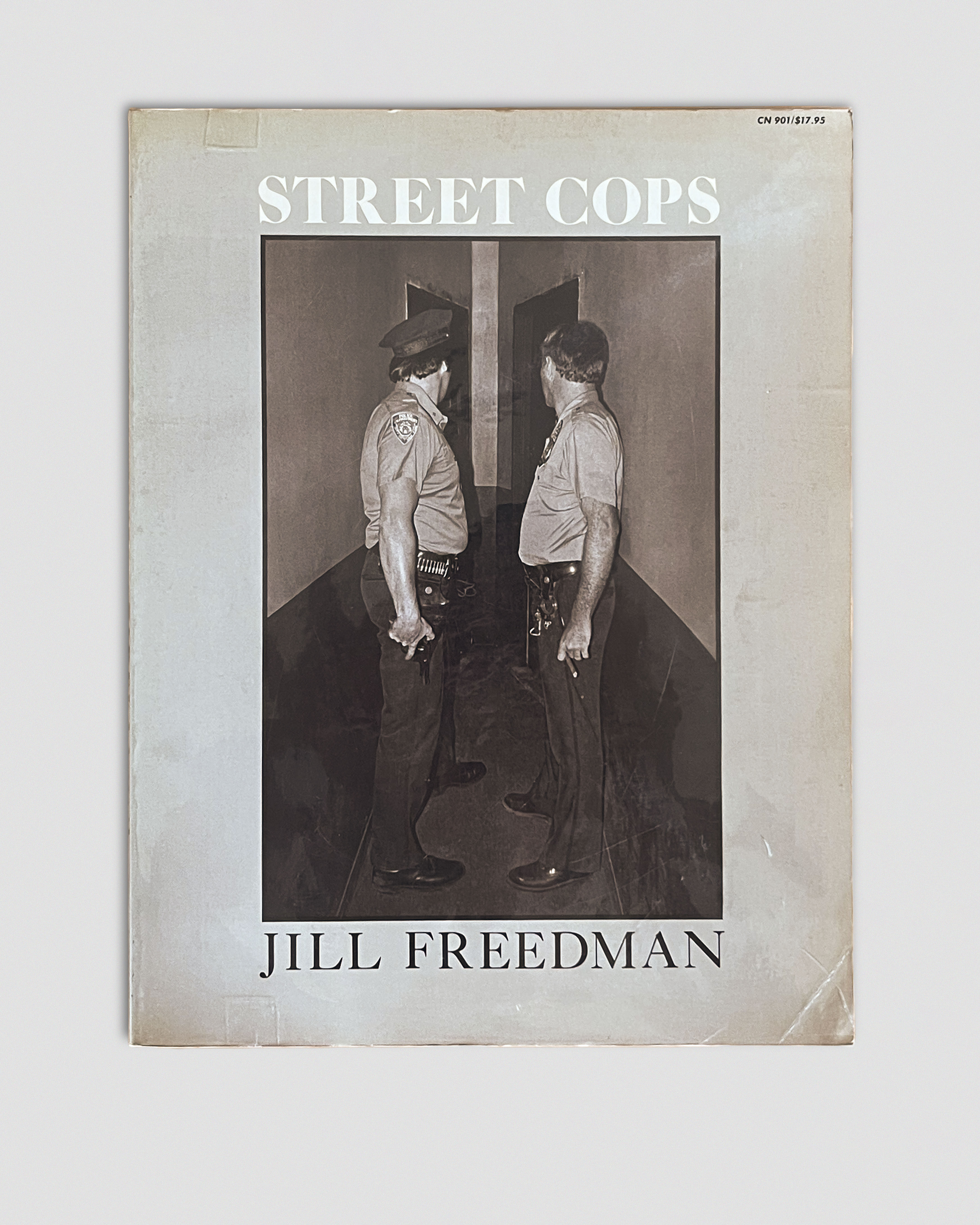

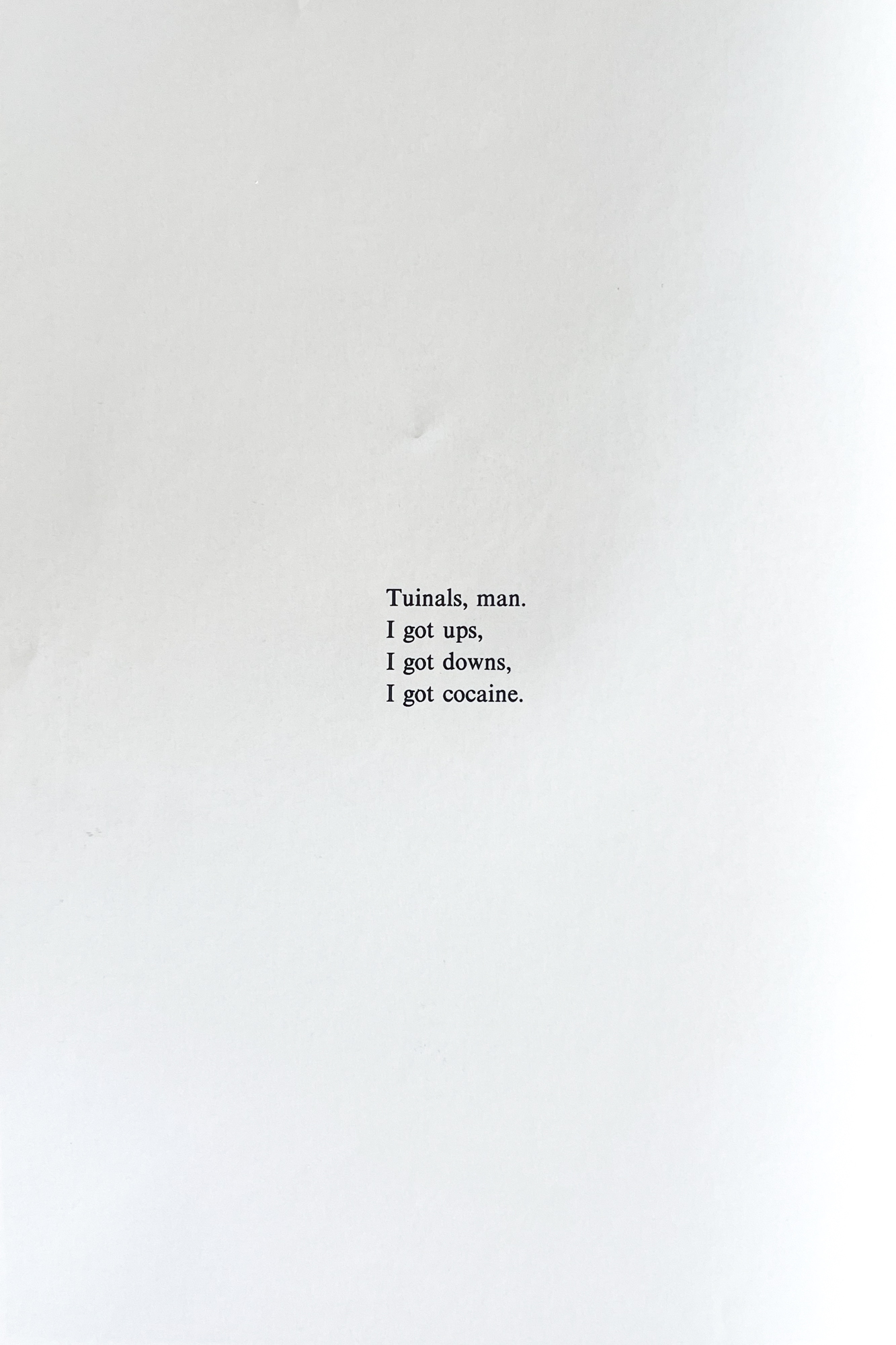
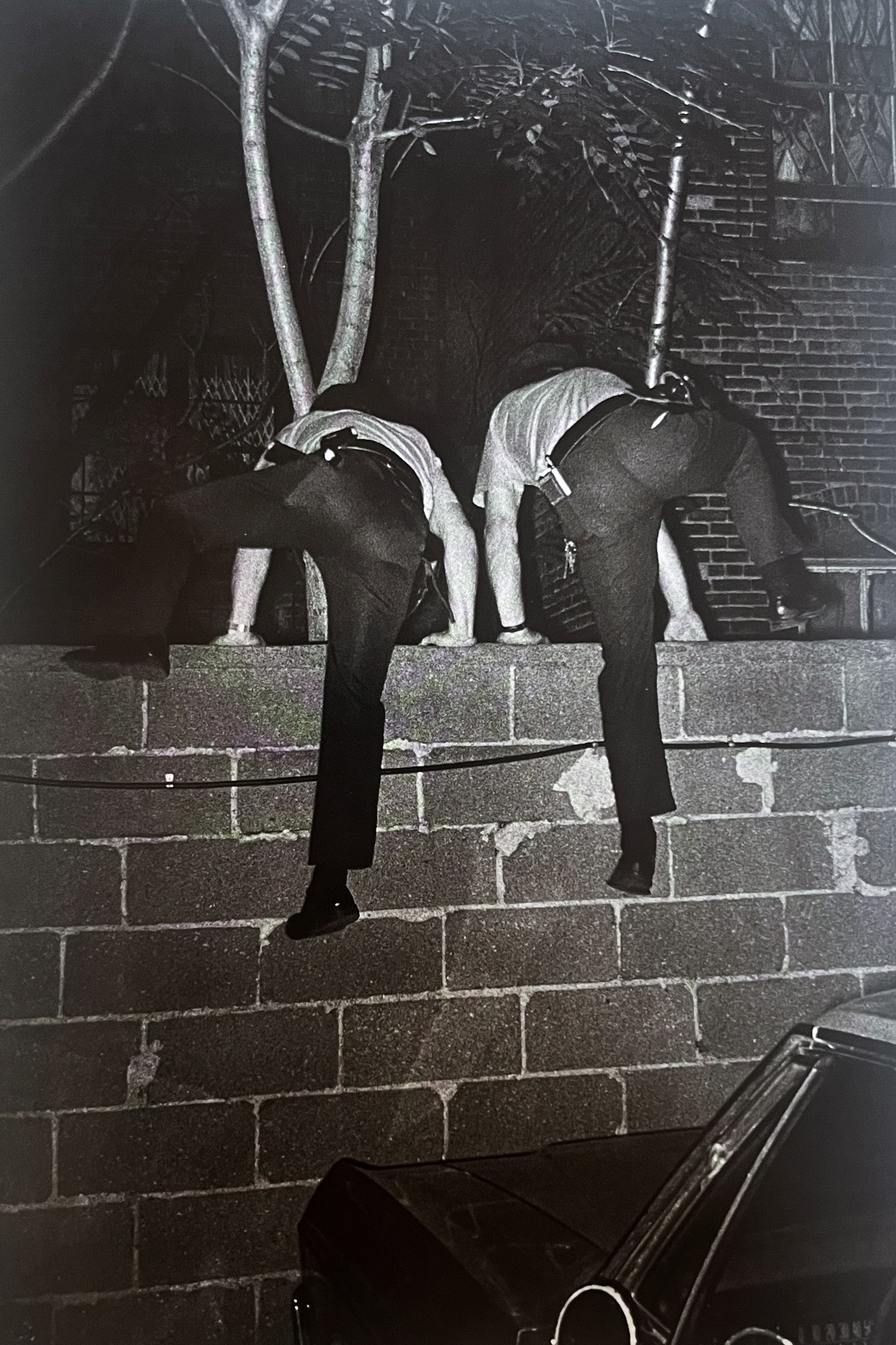
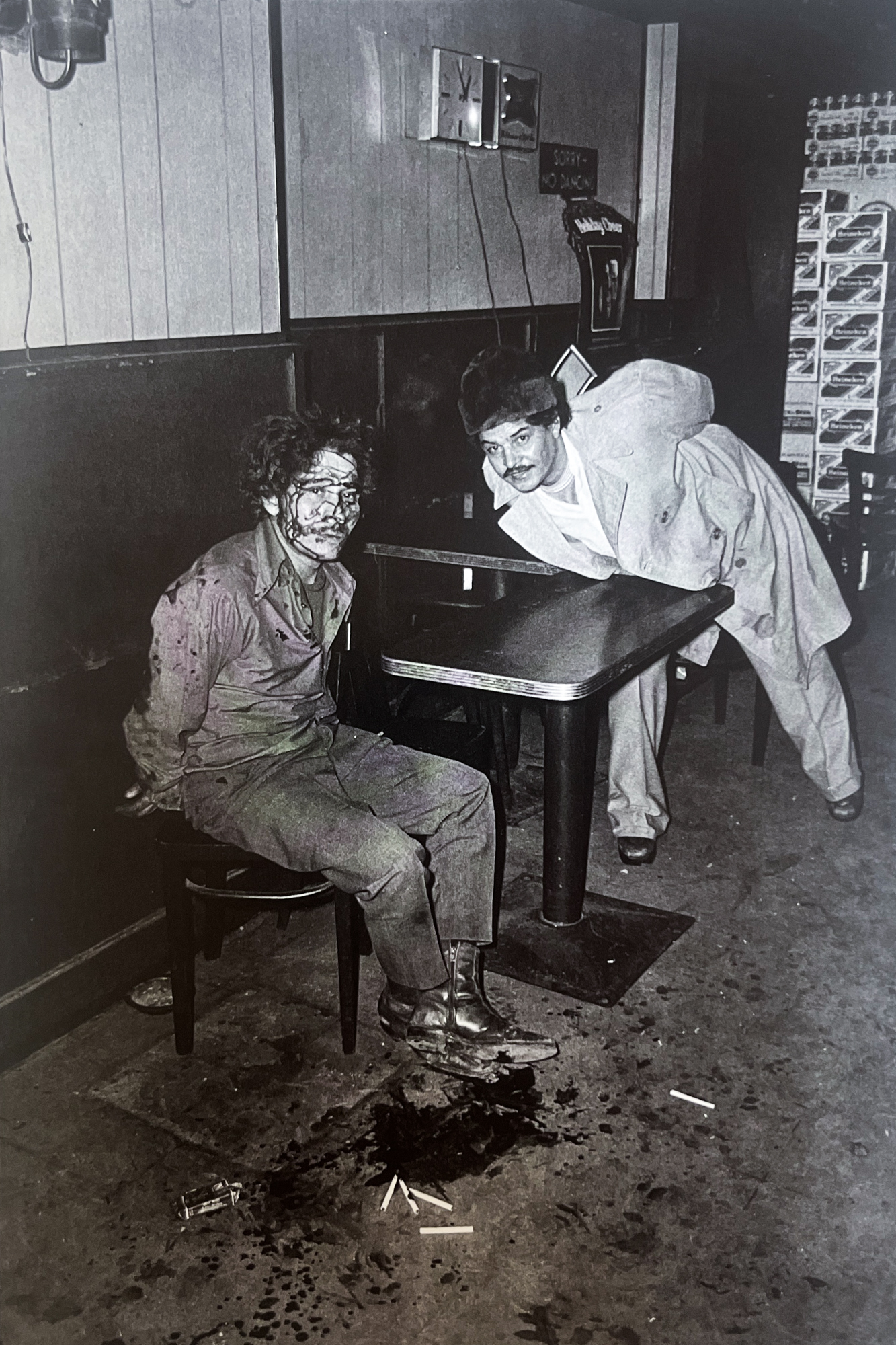






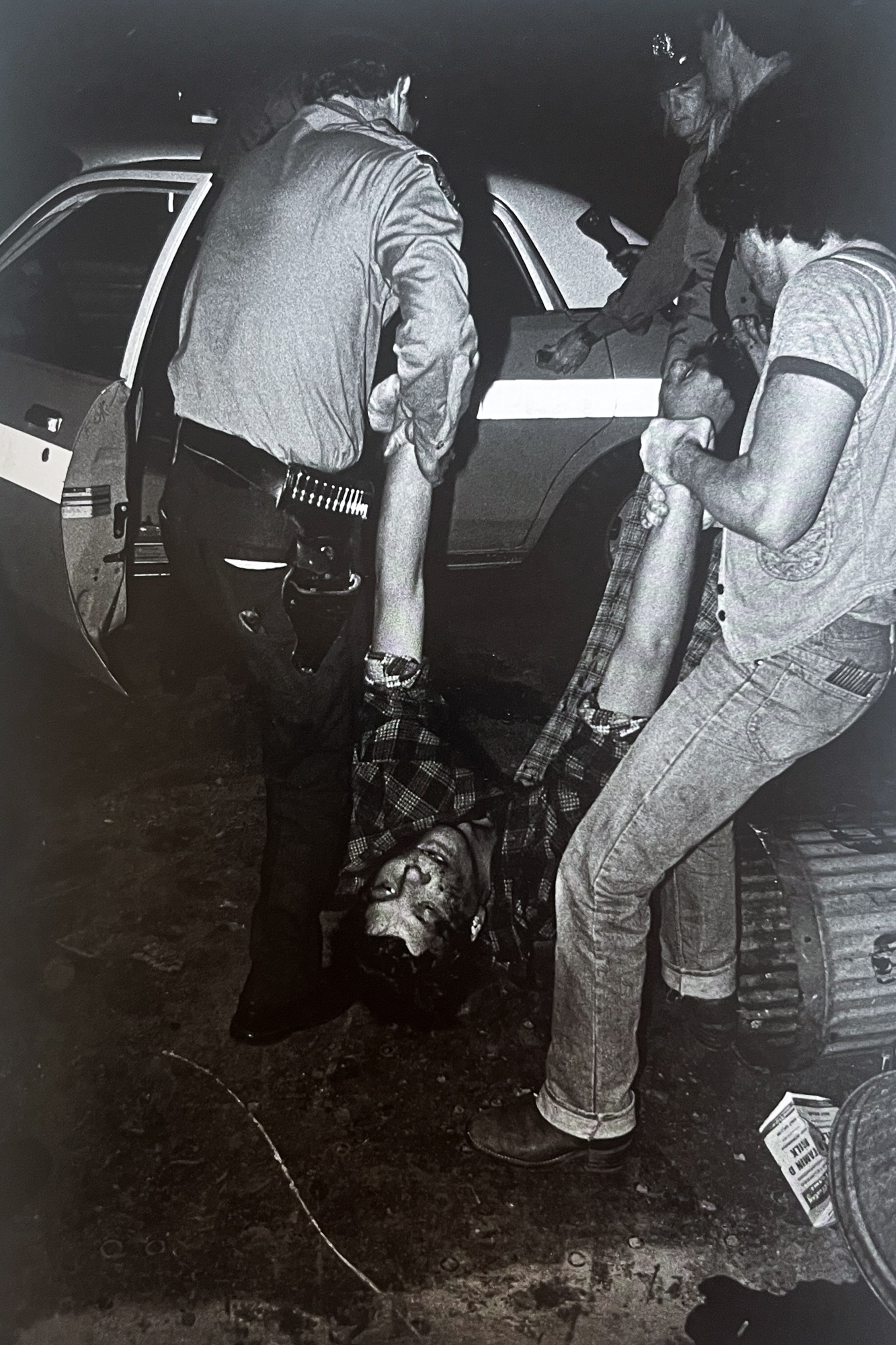

Street Cops
Jill Freedman
Softcover | First edition | 253 pages
Published by Harper & Row, 1981.
Jill Freedman is a documentary photographer best known for narrative photographs shot between the 1960s and 1980s. In particular, Freedman is known for images that explore the bonds of brotherhood (such as firefighters, the police, and men in Resurrection City, a shantytown erected in D.C. after the assassination of Martin Luther King). She often spends a period of time with her subjects, documenting their everyday lives with an emphasis on nuance and contradiction.
Street Cops is a visual diary that resulted from two years of following the NYPD as they patrolled Manhattan’s Ninth and Midtown South Precincts. It opens with a grid of black and white portraits of some of the cops she worked with, followed by a quote by Alfred Hitchcock: “Let’s not go too deeply into these things. It’s only a movie.” The subsequent pages each contain a photograph of a cop in a precarious situation, whether it be making an arrest, assisting a detective, beating up an innocent person, or attending a co-worker’s funeral. Beside the images are short pieces of text in which Freedman describes the event depicted.
Condition: very good

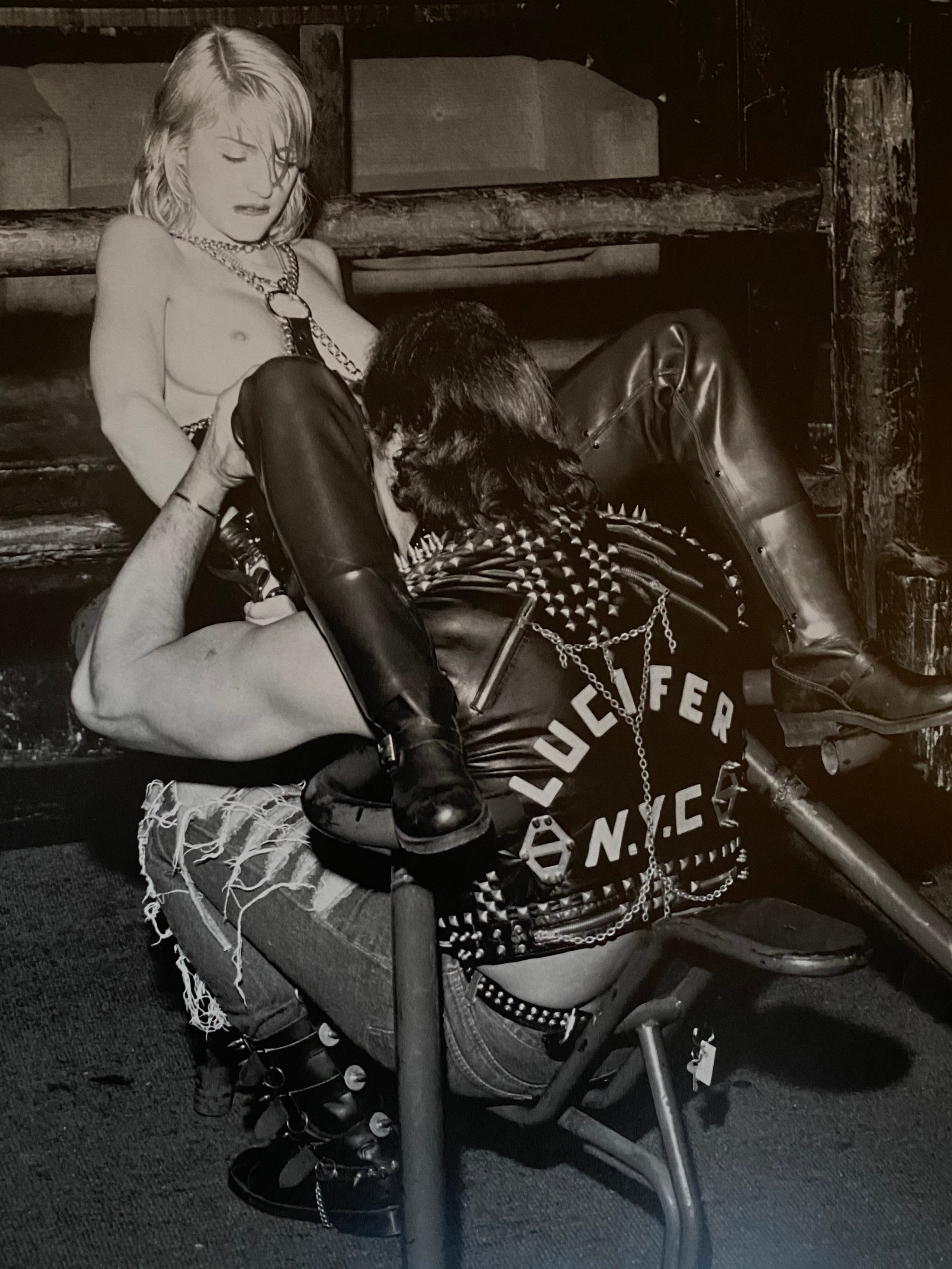
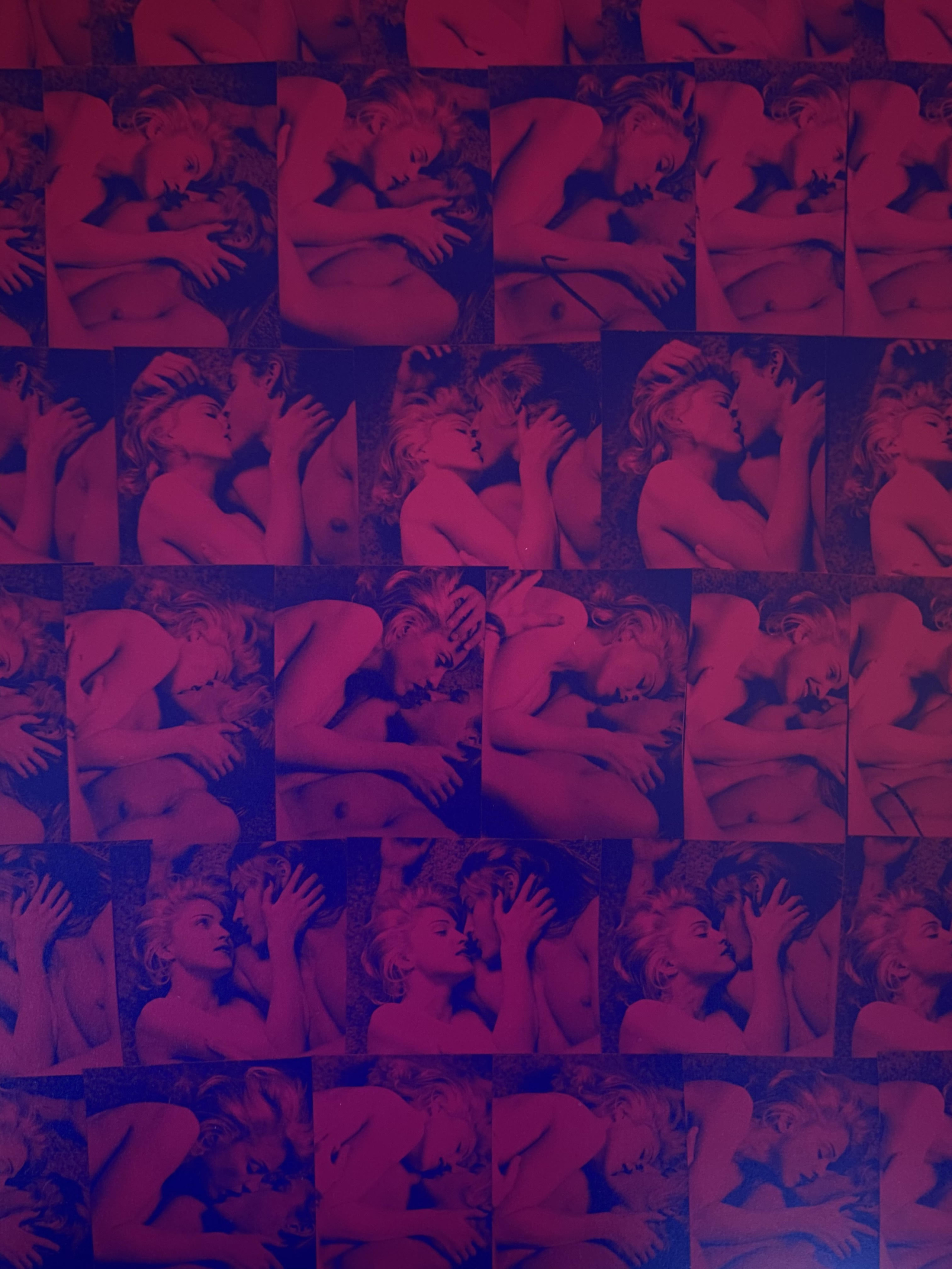

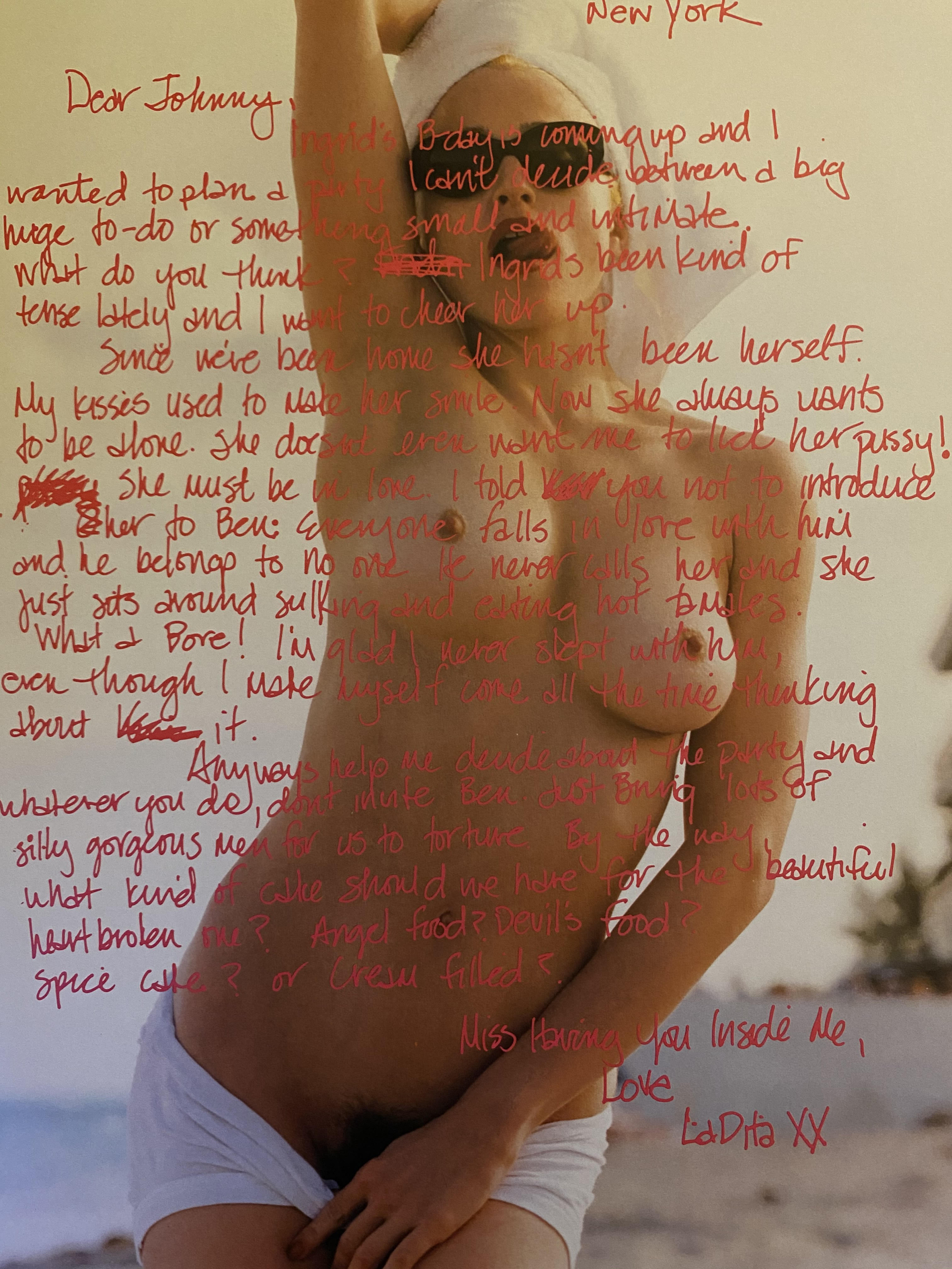
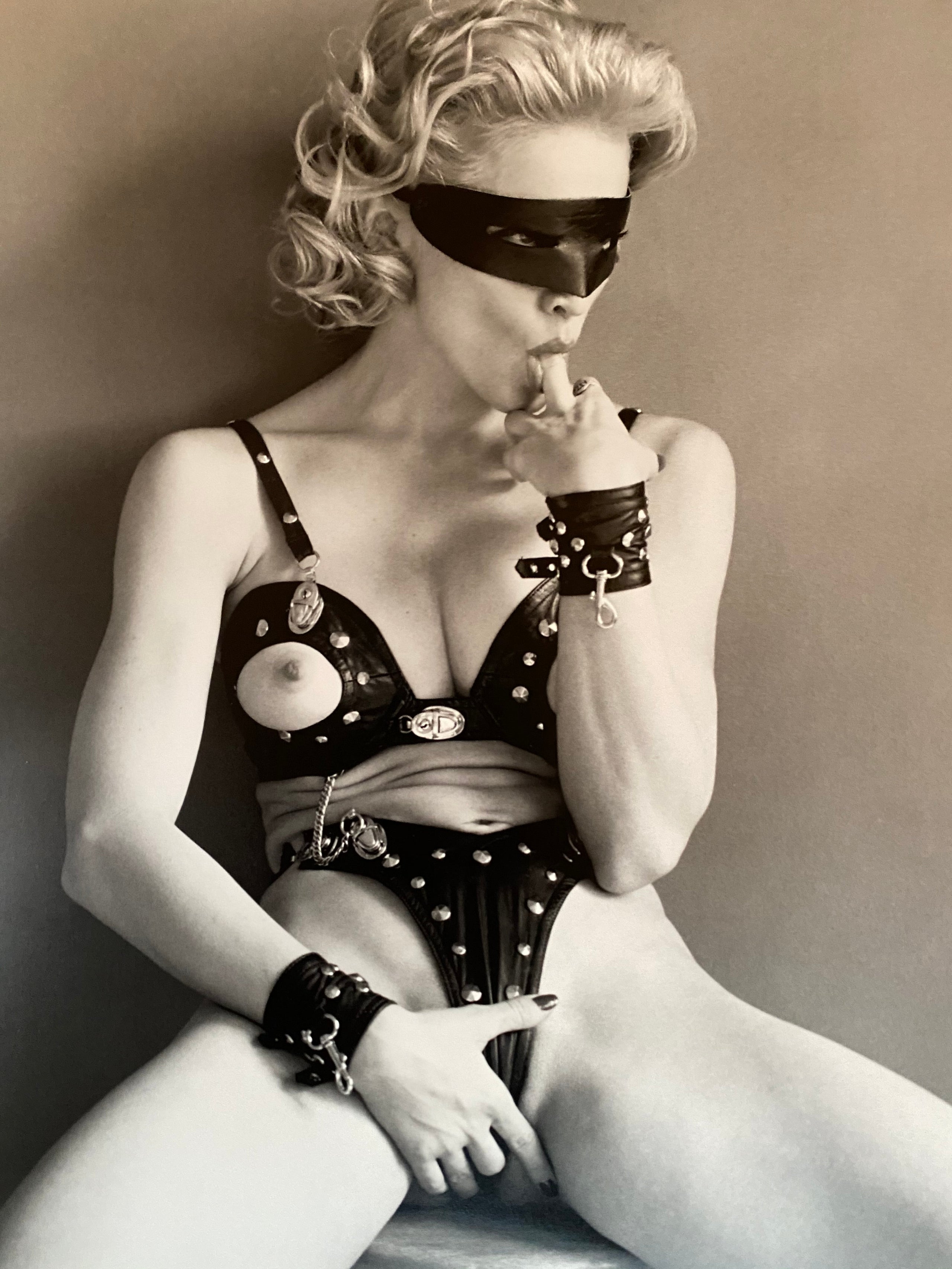
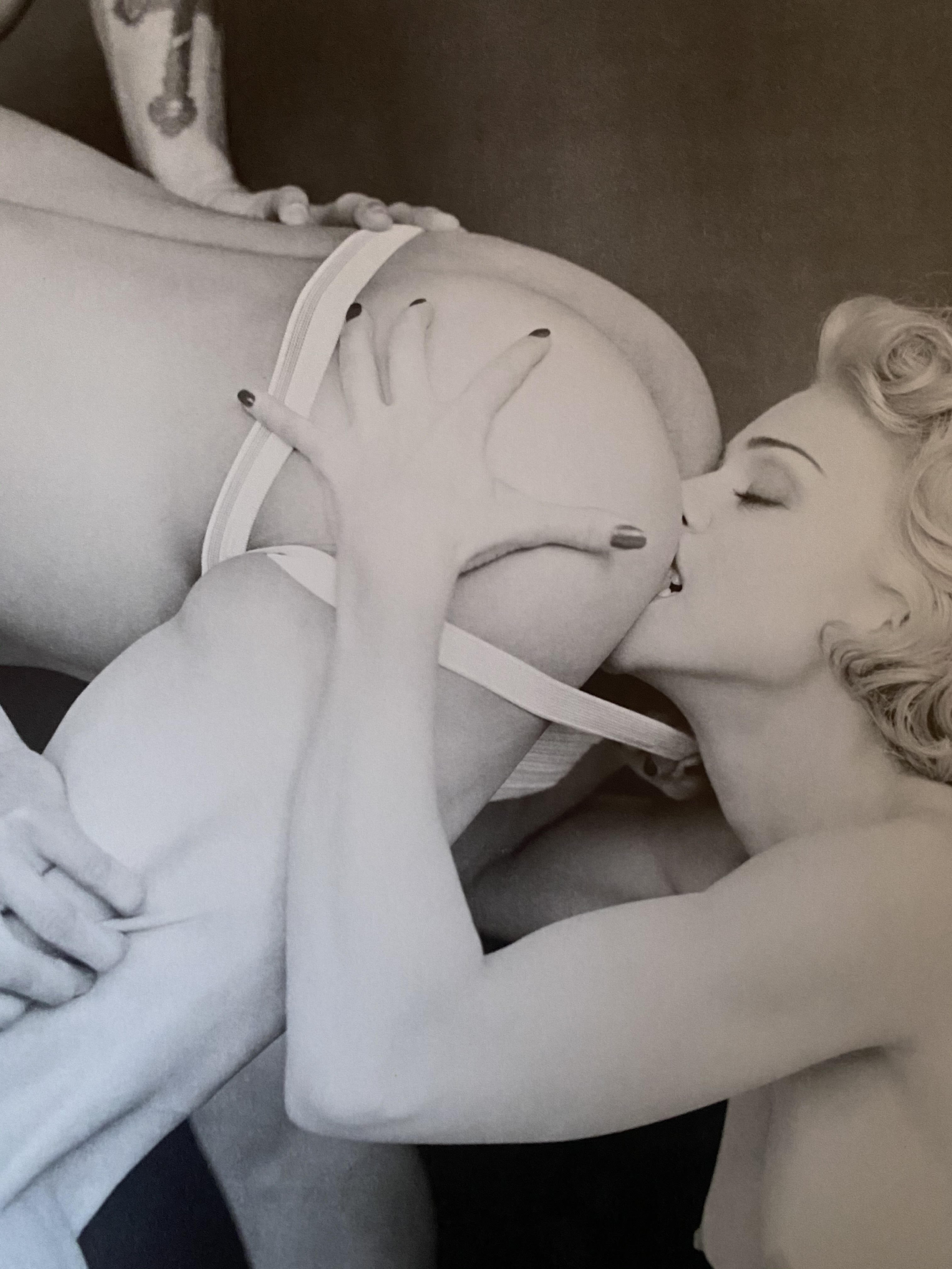
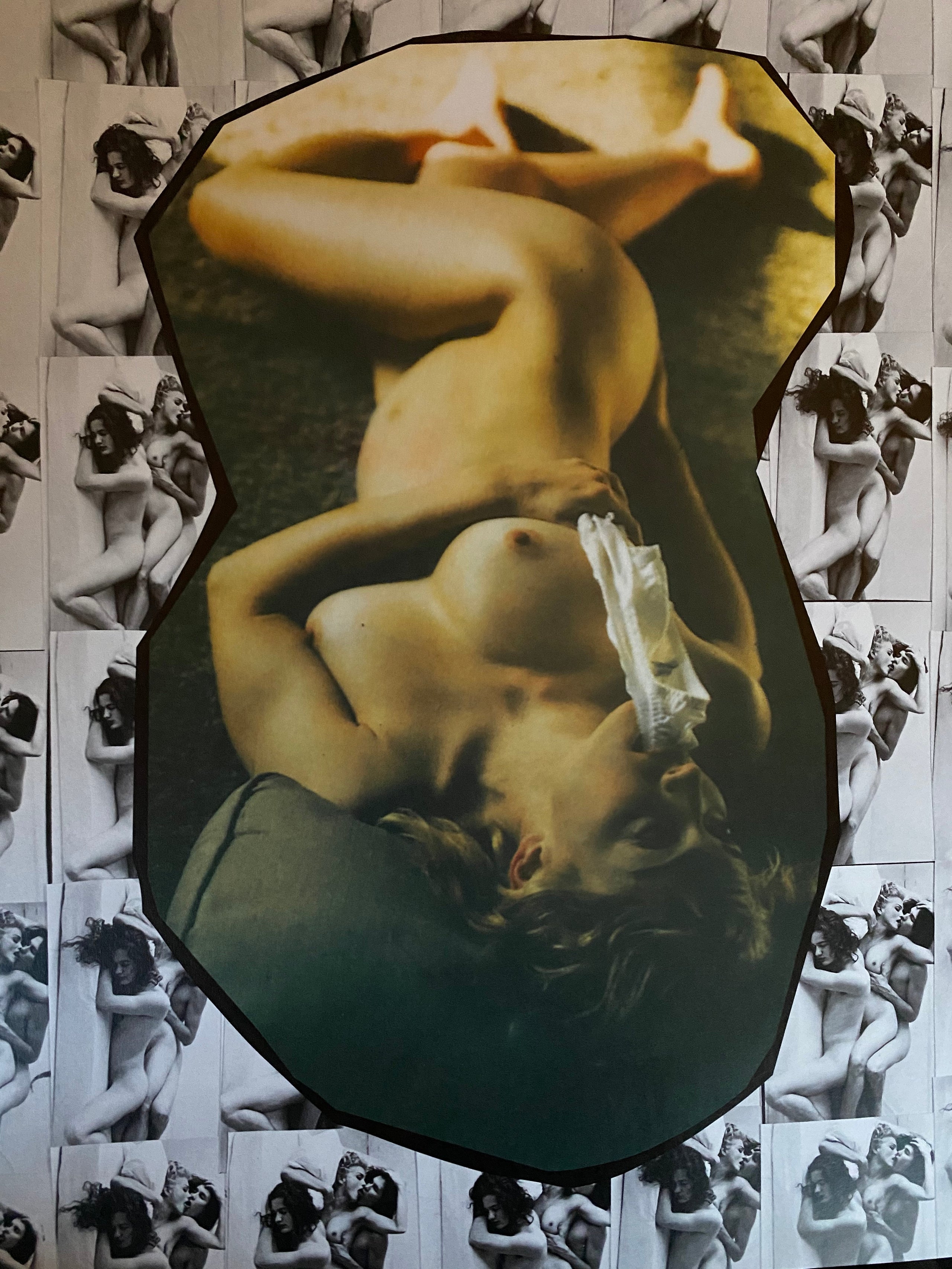
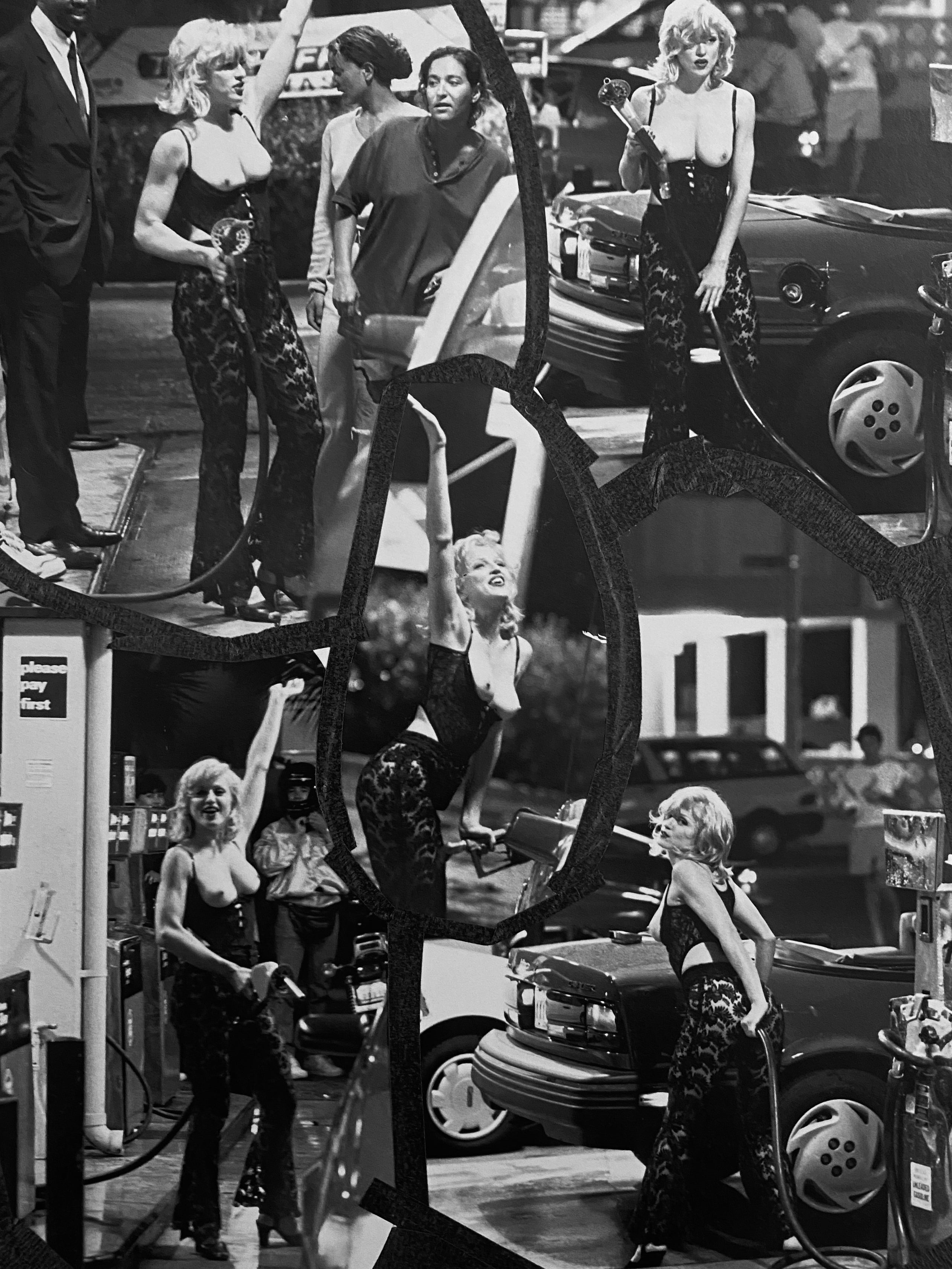

Sex
Madonna
Hardcover with box | First edition | 128 PagesMadonna
Published by Dohosha Publishing Co, 1992.
This is the Japanese Edition of Sex which was intially banned in Japan.
Photographed by Steven Meisel, Madonna's erotic coffee table book narrated by 'Mistress Dita', her dominatrix alter ego. The BDSM themed photo book was quickly banned in Japan as critics, cultural theorists and fans around the world alike found the collection scandalising. The book features a bonus comic insert titled 'Dita In The Chelsea Girl'. Published to accompany her album 'Erotica', the book remains one of the most radical and daring moves from any pop star.
Condition: very good


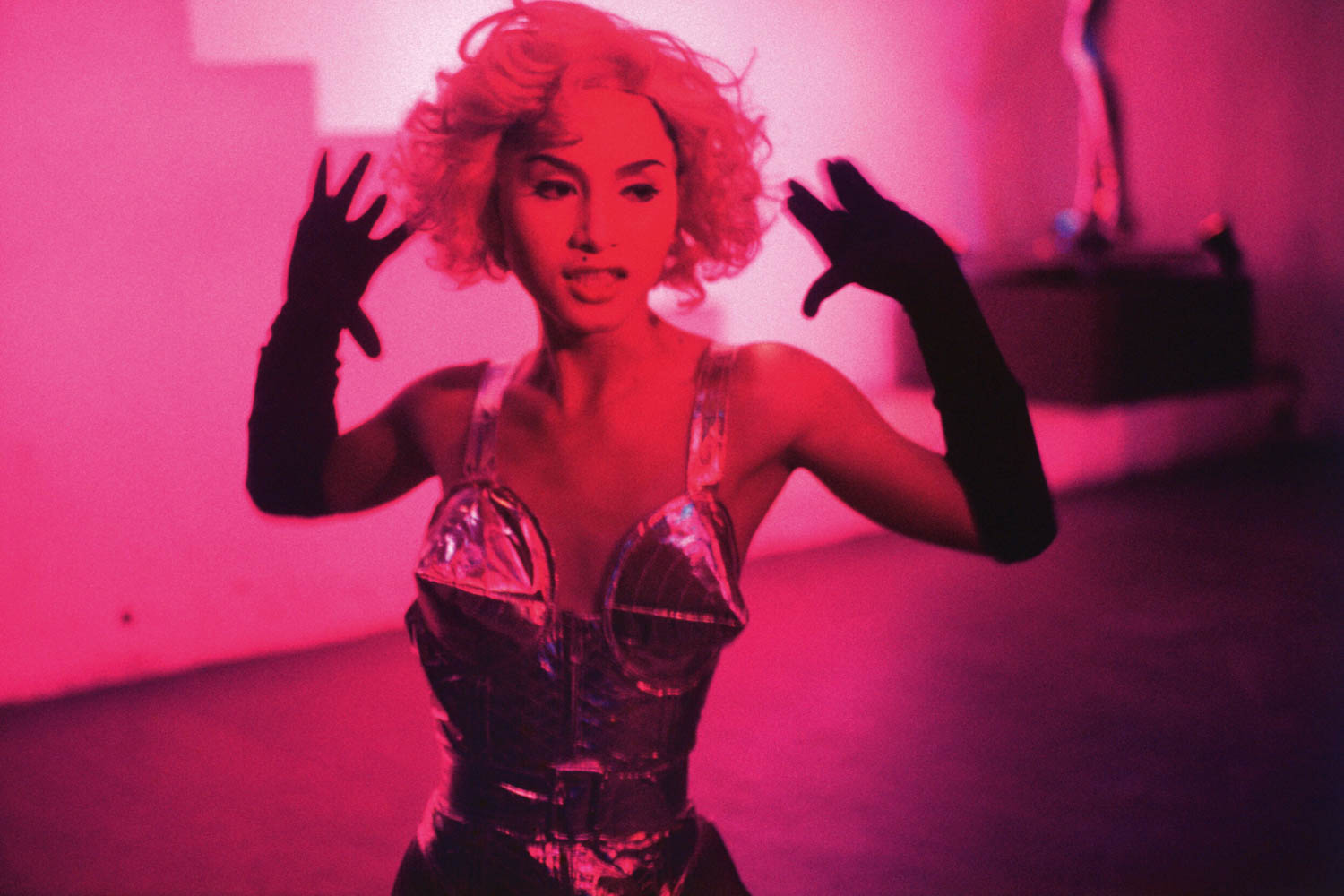








The Other Side
Nan Goldin
Softcover | Second Edition | 143 pages
Published by Scalo, 2000.
Ever since the early 1970s Goldin has lived with and among drag queens, documenting both their glamour and their struggles. The Other Side is her very personal declaration of love and gratitude to these drag queens, who showed her a way out of the captivity of pre-packaged, socially prescribed identity. As she put it: "The pictures in this book are not of people suffering gender dysphoria but rather expressing gender euphoria.... The people in these pictures are truly revolutionary; they are the real winners in the battle of the sexes because they have stepped out of the ring". In contrast to much of the early 90s drag queen mania, The Other Side has brilliantly passed the test of time: Goldin's photographs are as beautiful, moving, and vibrant as ever, heralding the utopian promises of a world where gender has stopped being a prison -- a vision that remains as vital and acute as it was when the book was first published.
Condition: good (minor staining to inner cover and shelf wear)




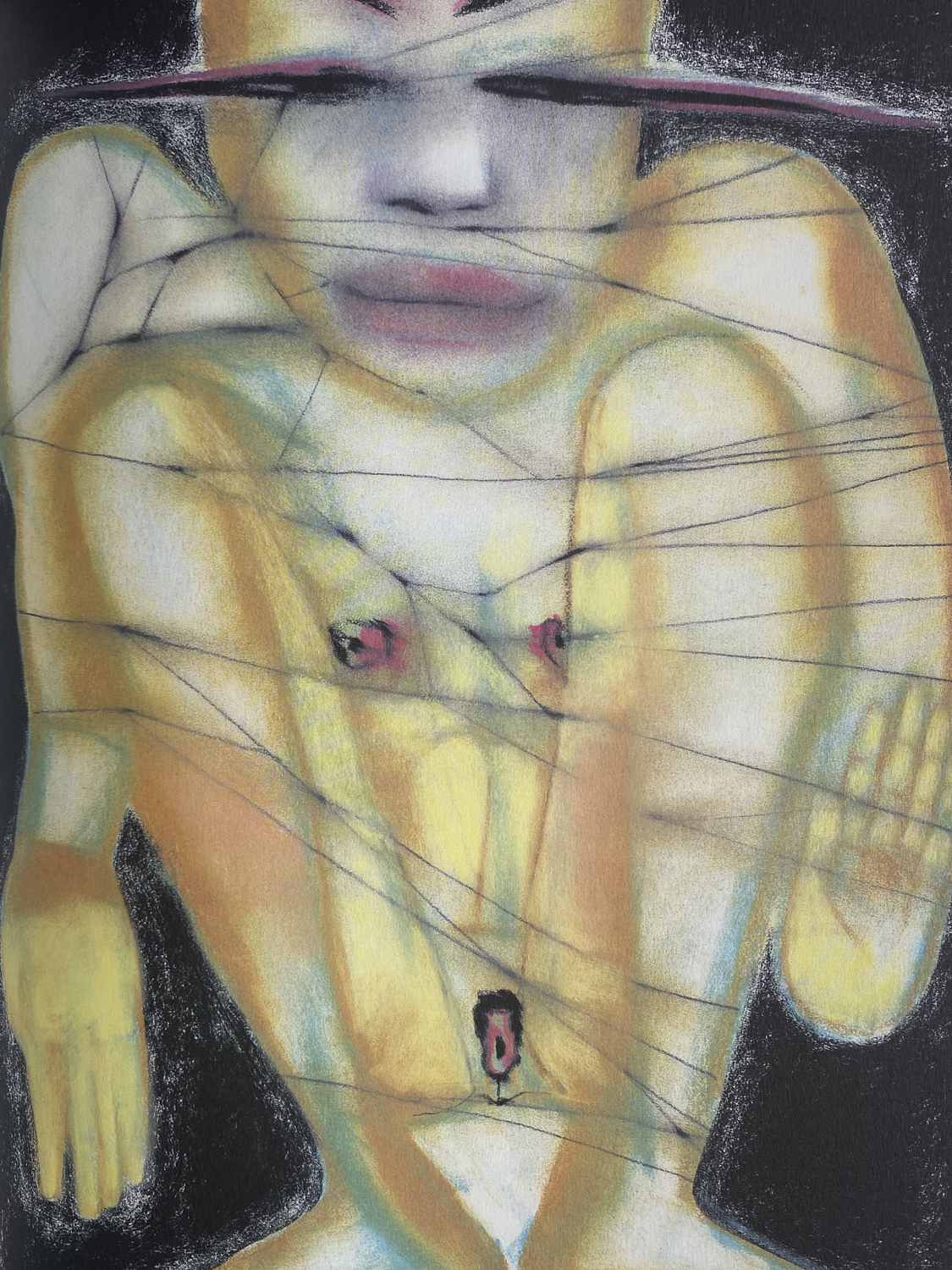


Broken Women
Francesco Clemente
Available exclusively in-store at Ma House Supply Store, Collingwood
Softcover | First edition of 750
Published by Jablonka Galerie, 1999.
Published on the occasion of the exhibition “Francesco Clemente: Broken Women” at Jablonka Galerie in 1999, this catalogue pairs 21 color illustrations of Clemente’s erotic protraits with a selection of 12 short poems by John Wieners. The poems are psychologically charged and speak abstractly of love lost, while the vivid color plates depict nudes split apart by gestural black lines.
Condition: Very good (natural shelf wear to covers)
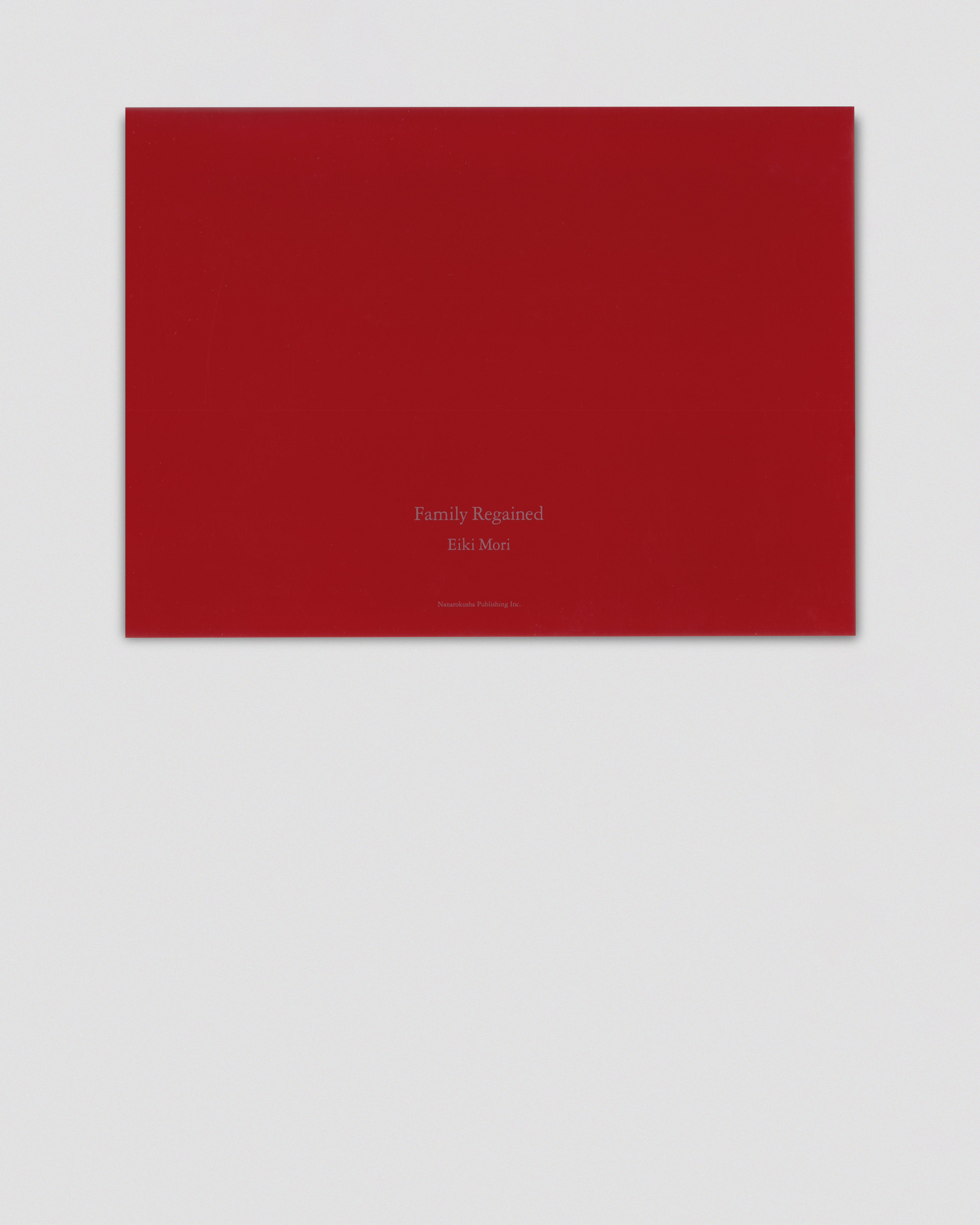





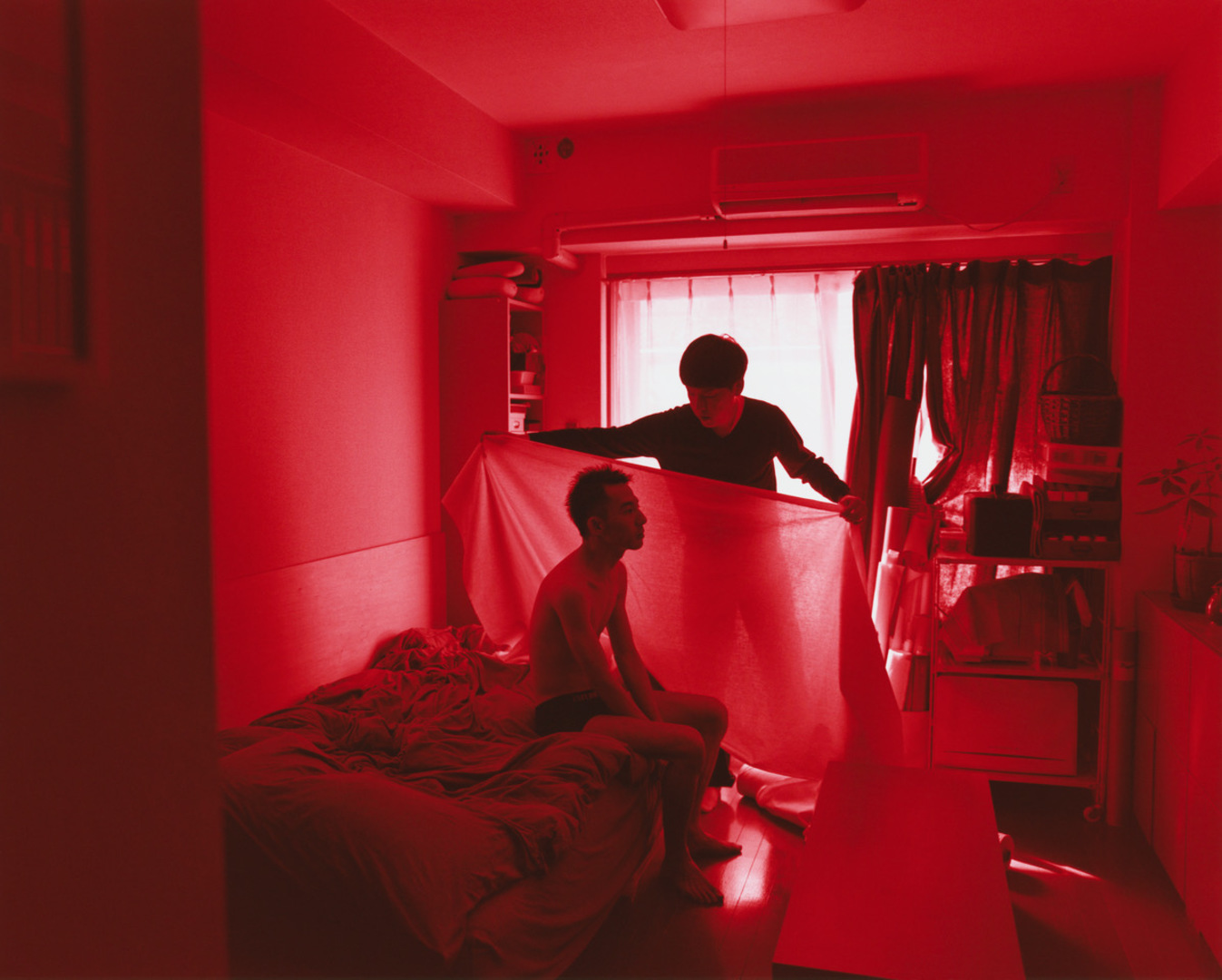
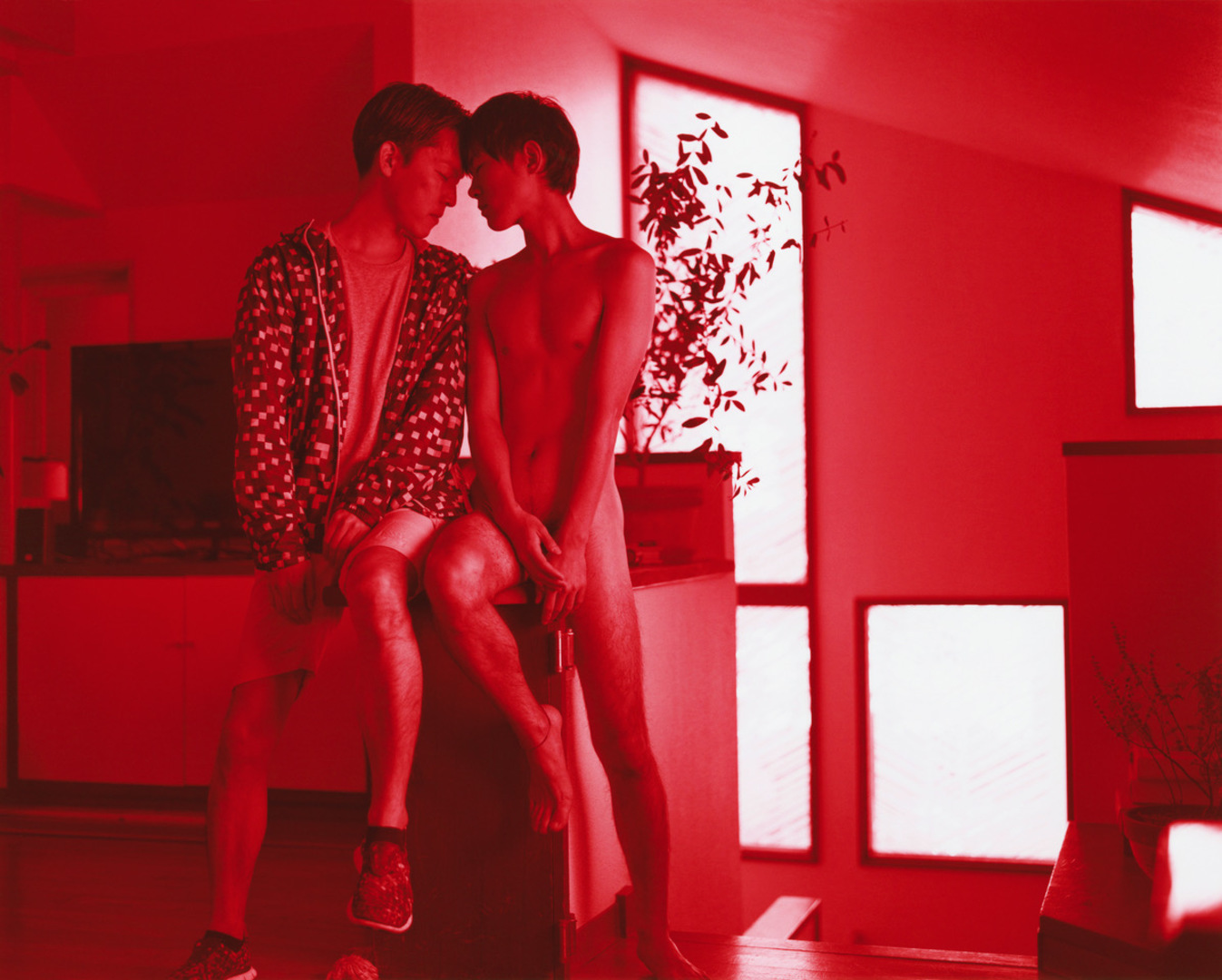
Family Regained
Eiki Mori
$85
Softcover | Signed copy | First Edition | 94 pages
Published by Nanarokusha, 2017.
Family Regained examines, among other things, the deeper implications and the fragility of the concept ‘family’. At first glance, the images depicting families in different situations - posed group portraits in the families’ homes as well as snapshot-like photos - seem ordinary. But soon it becomes apparent that Mori himself features in most of the shots (also, each photo in the book is printed in red color only). Mori, wearing borrowed clothes, appears as a normal member of the family, none of them seeming distracted by this presence of a strange member.
Condition: Excellent (minor scratching to plastic slipcase)



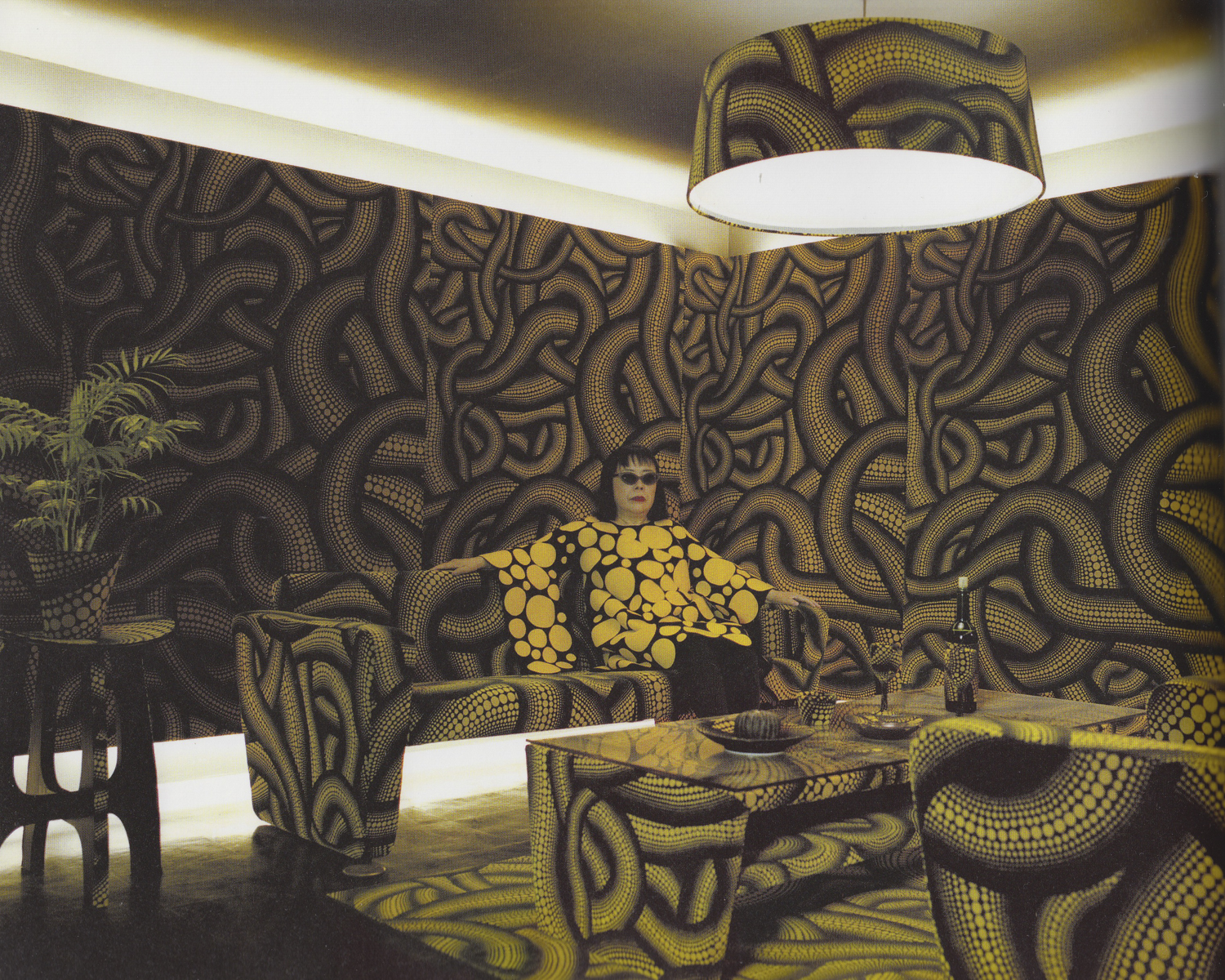
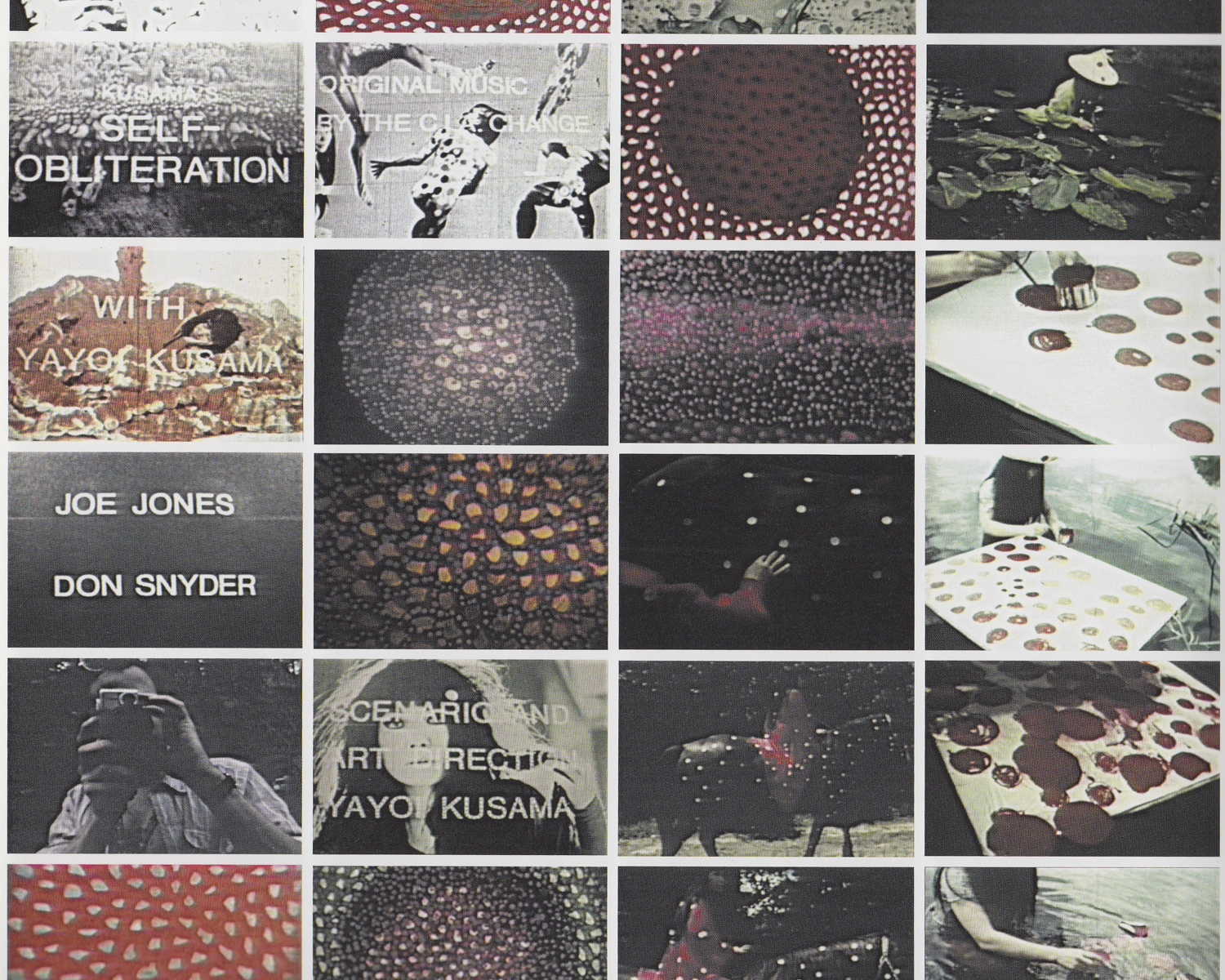
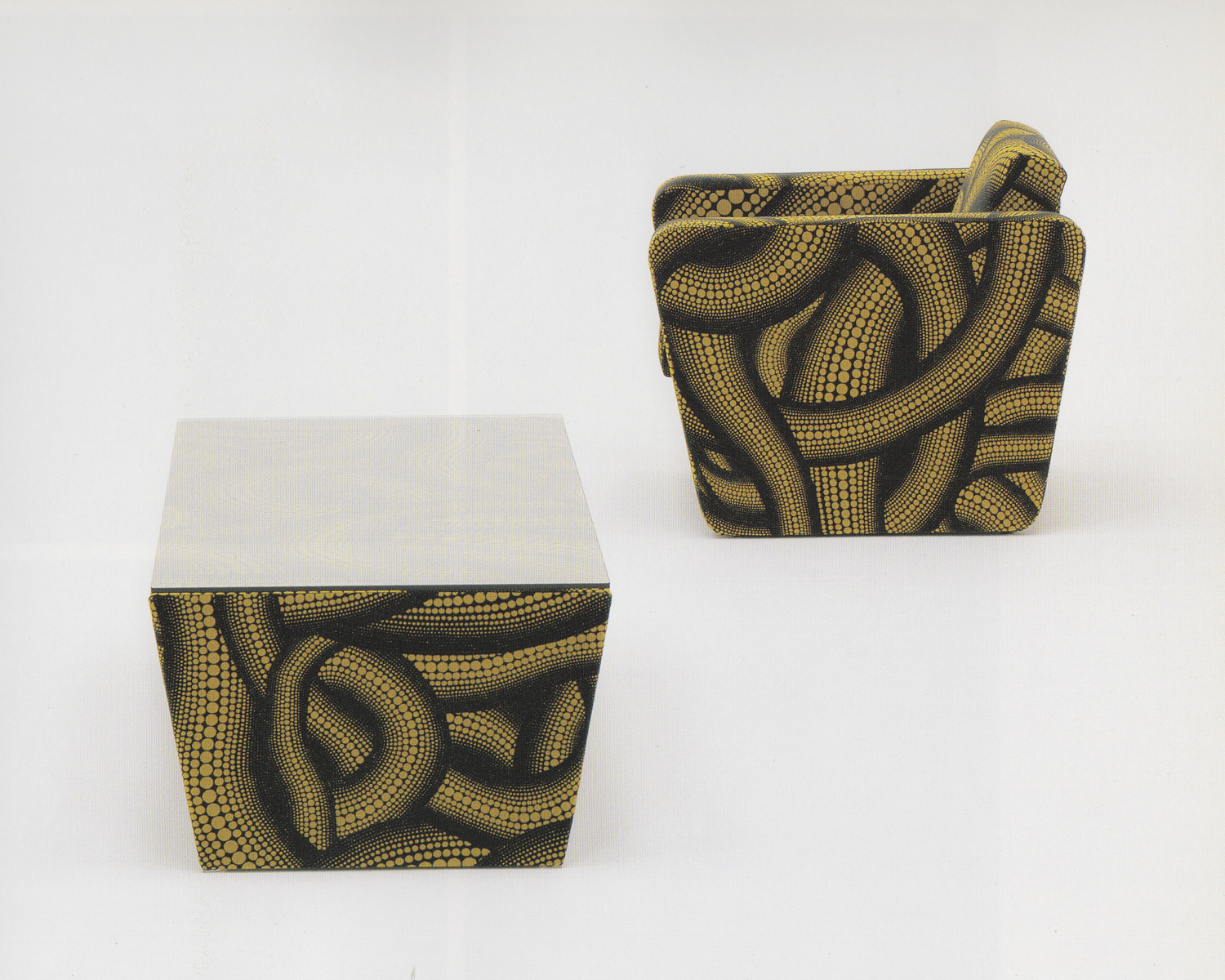

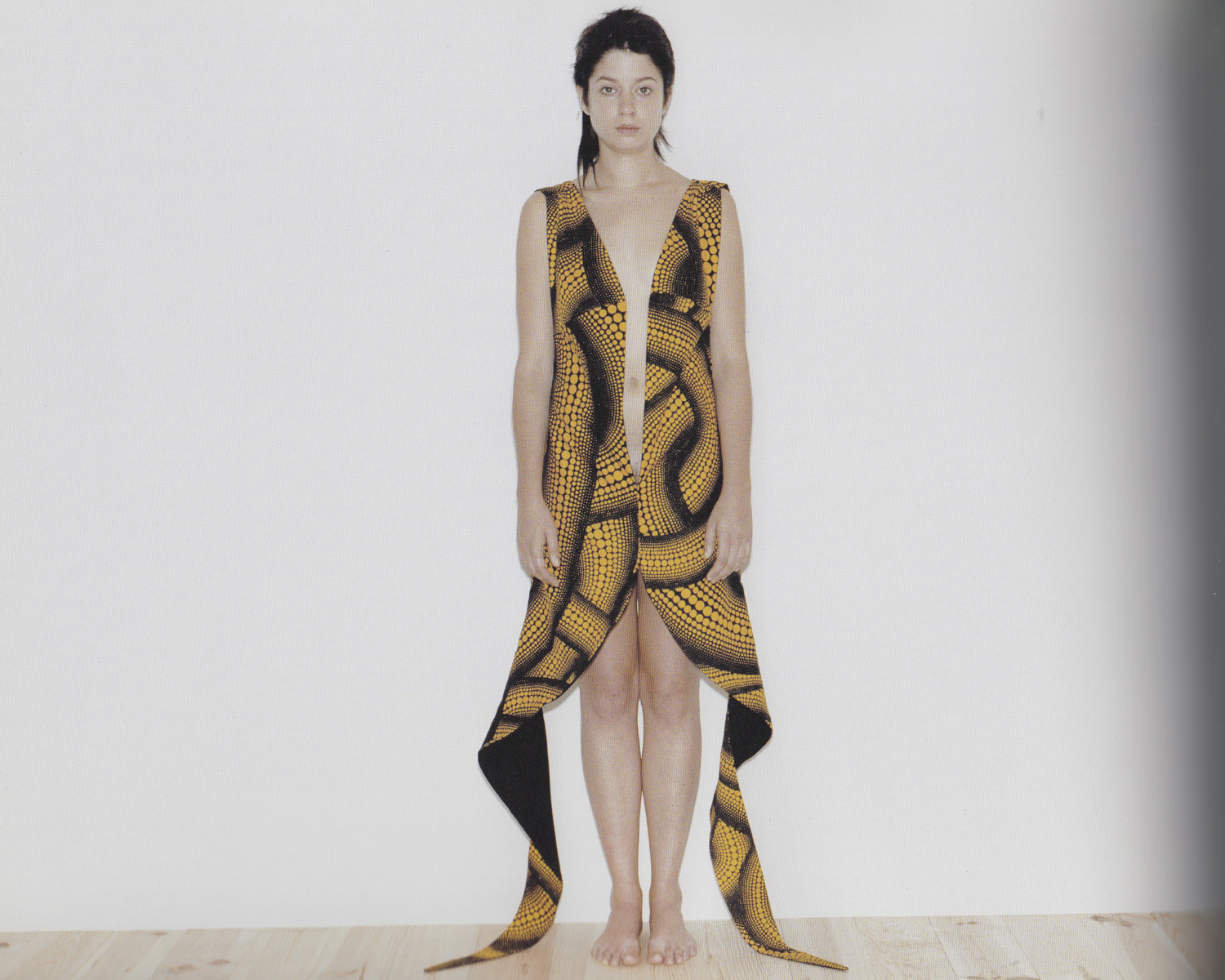

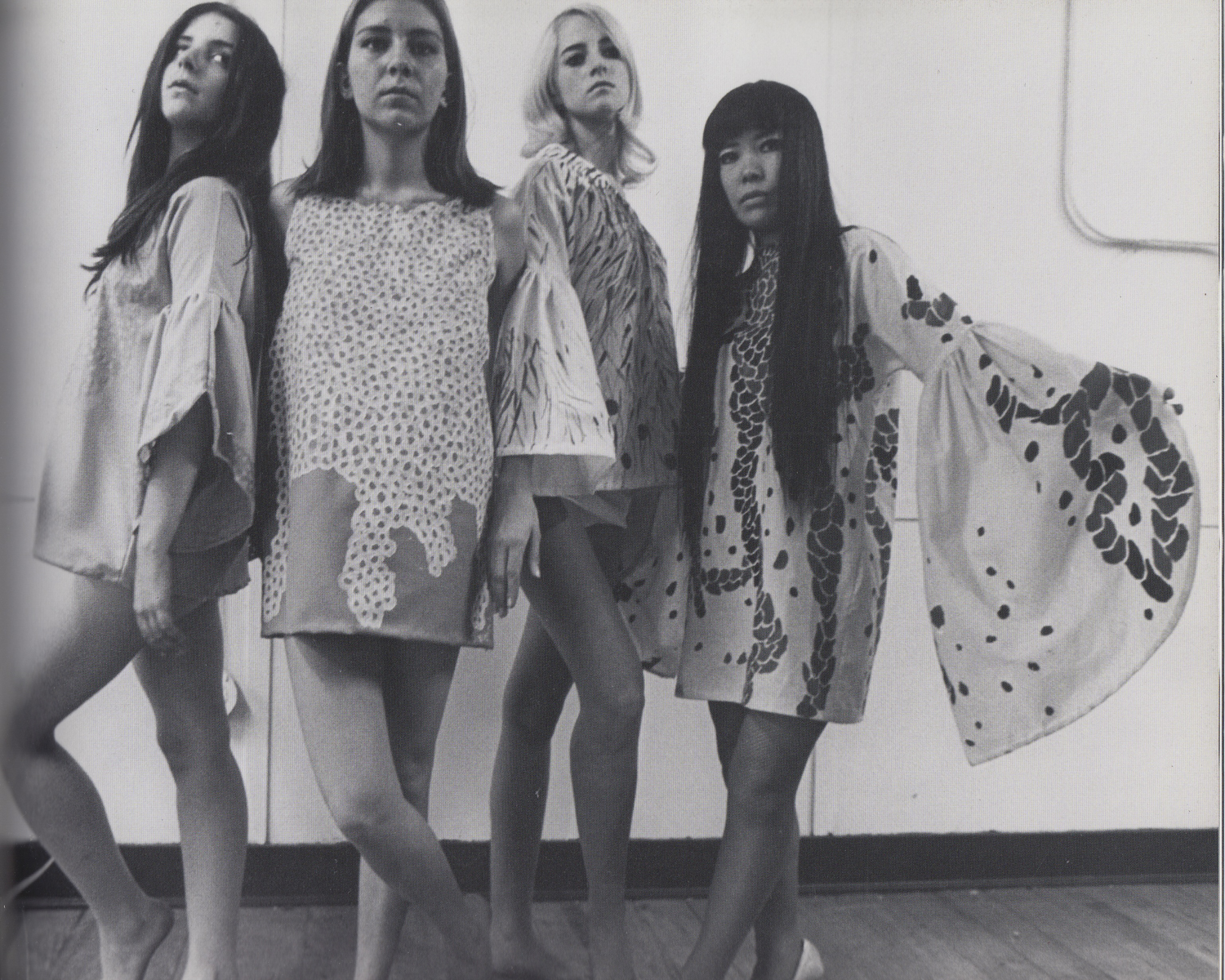


Yayoi Kusama: furniture by Graf : Decorative mode no. 3
Yayoi Kusama
Available exclusively in-store at Ma House Supply Store, Collingwood
Softcover | First edition | 136 pages
Published by Seigensha, 2003.
This is a collaborative project between Yayoi Kusama and Graf documenting Kusama’s textile and funiture works. The book also features some of Kusama’s early fashion, video and perfomance art through the 1960’s and 70’s, and a number of short essays on her work.
Condition: good
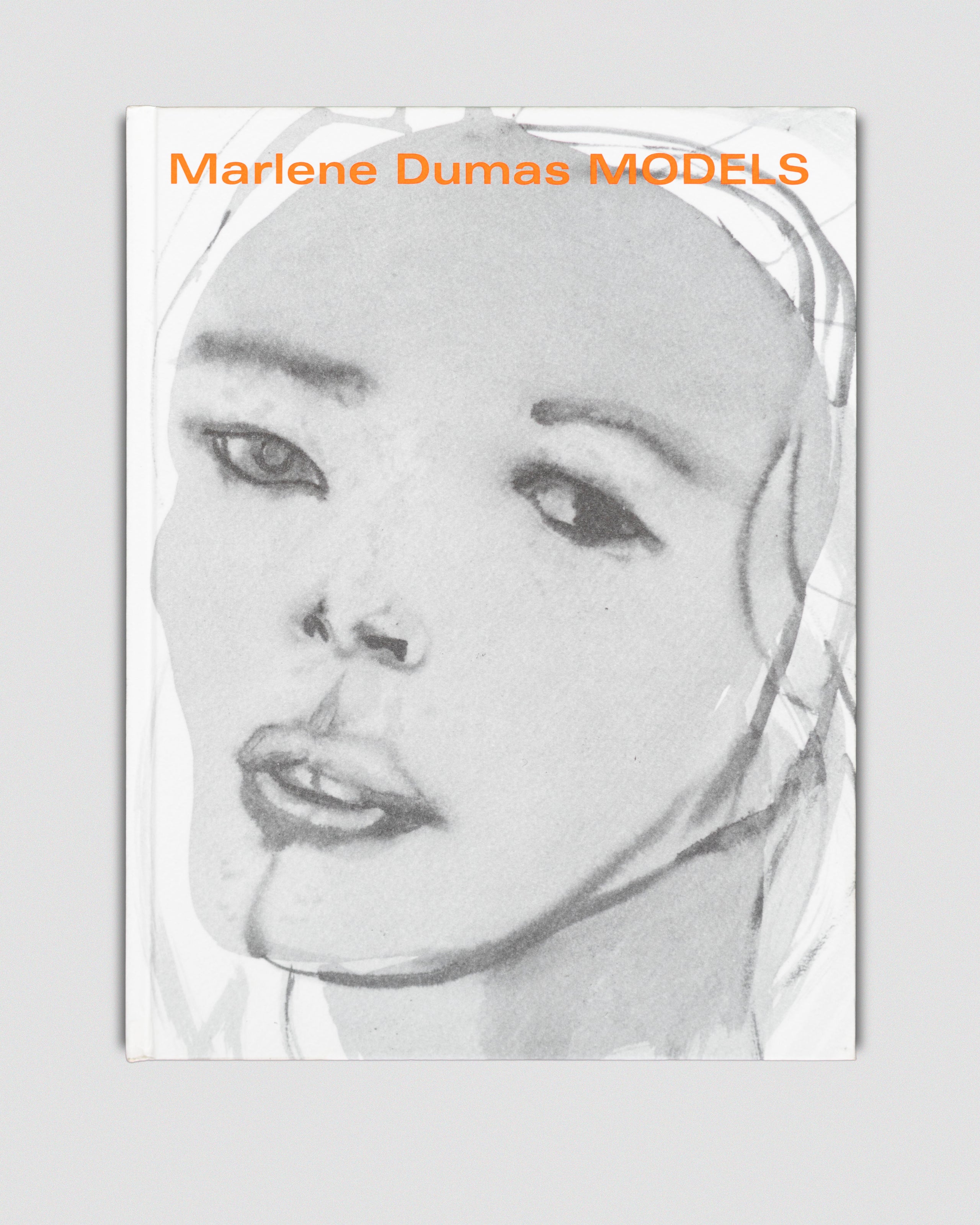


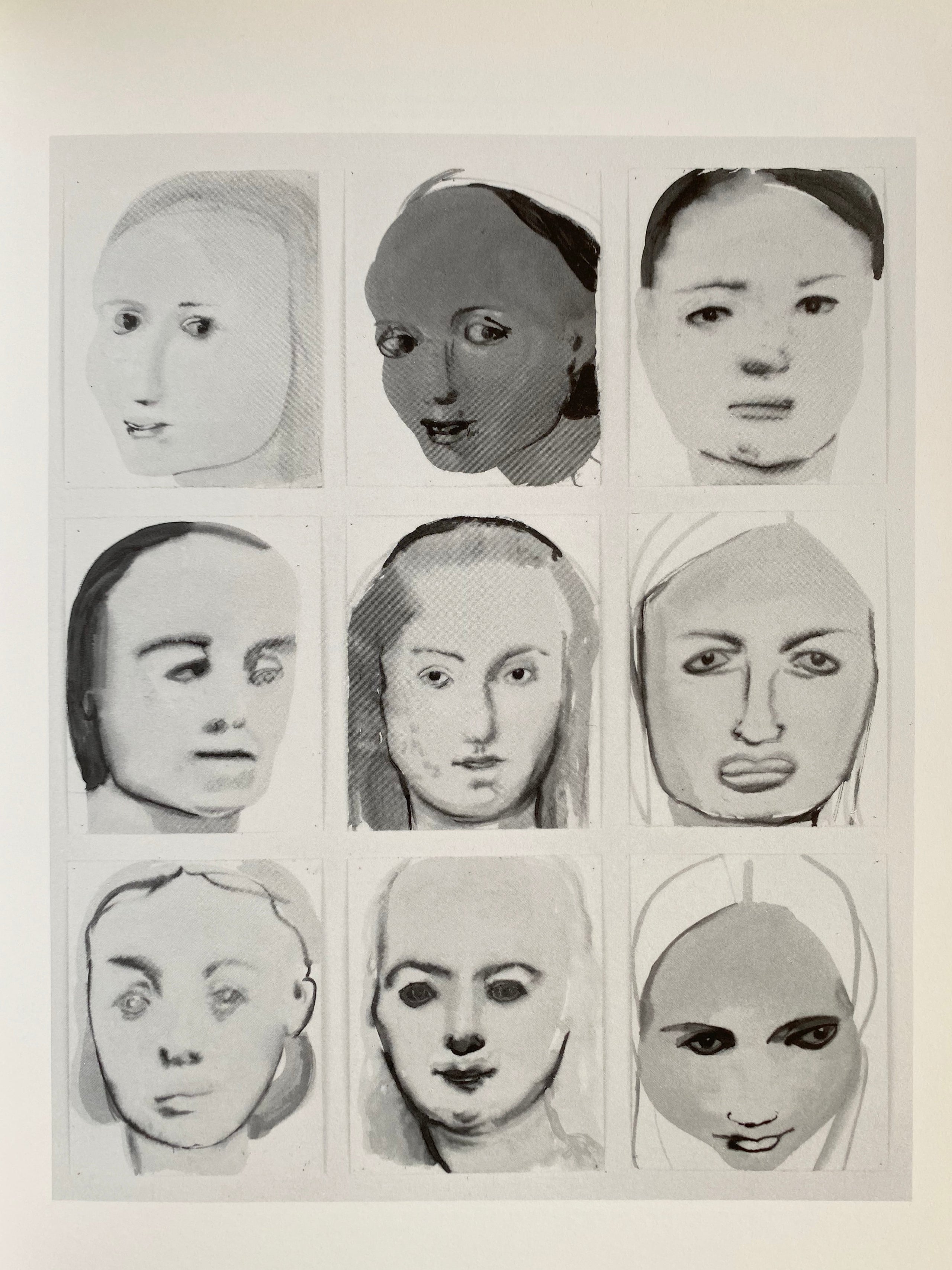
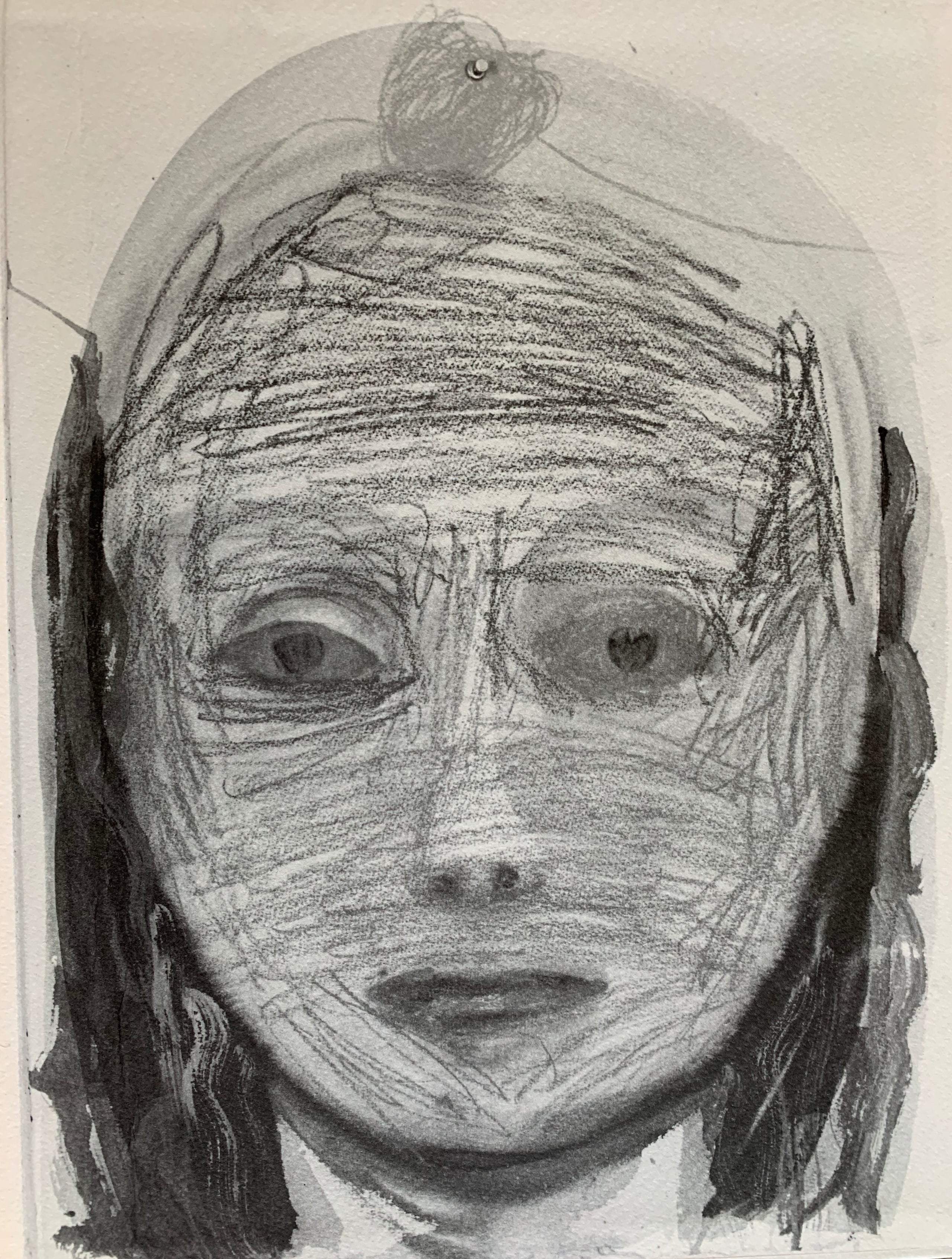
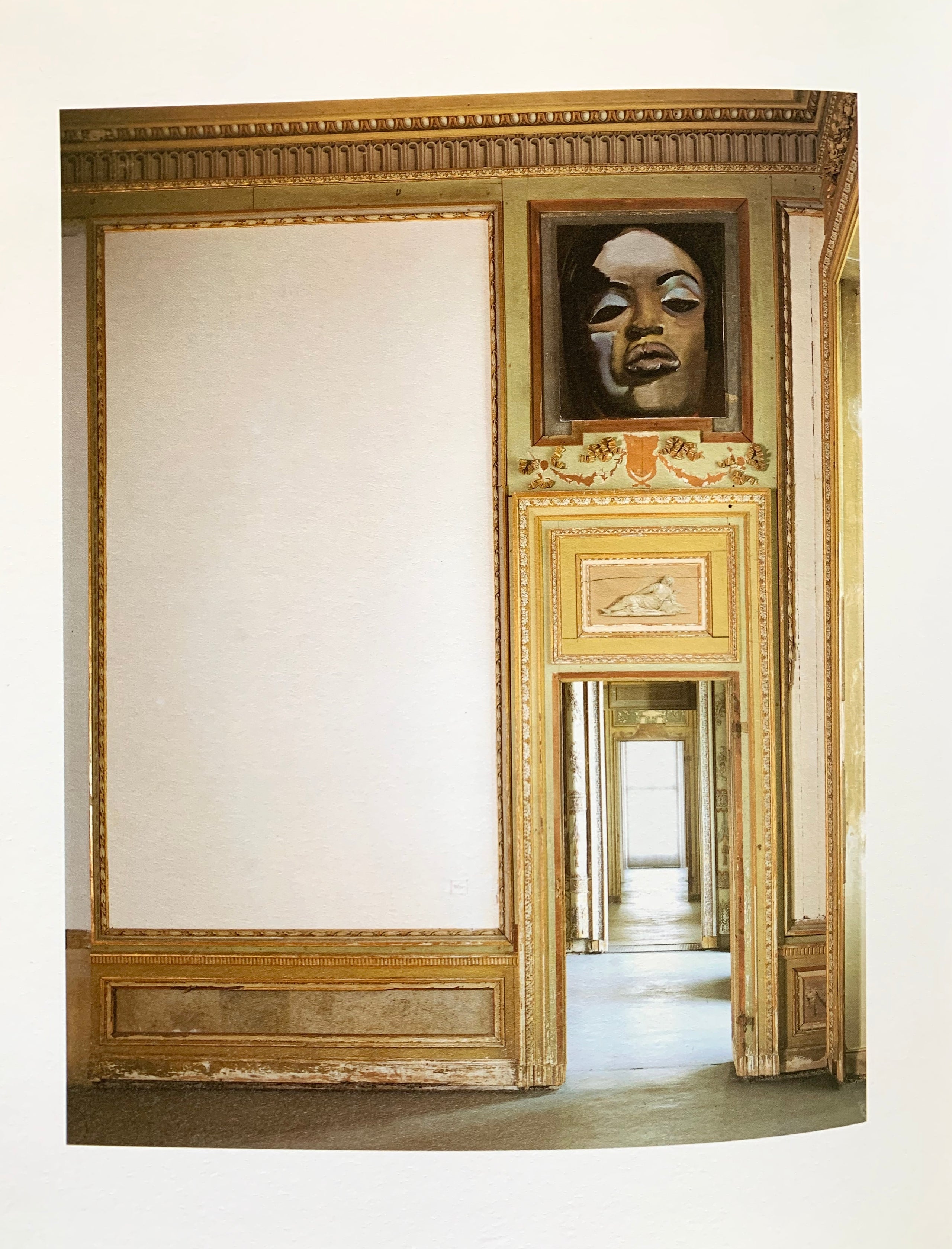


Models
Marlene Dumas & Silvia Eiblmayr
Available exclusively in-store at Ma House Supply Store, Collingwood
Hardcover | 80 pages.
Published by Oktagon, 1995.
The work of South African artist Marlene Dumas exists on a continuum between painting and photography. Simply put, she paints from photographic images. Her sources range from the personal to the pornographic; from the medical to the political. Consisting of eerily rendered bodies and heads in thin washes of paint, ink or chalk.
Models, 1994, is a case in point: it conjures up a catalogue of the dead and/or missing—an all too frequent reference point that underlines the global contemporary. Arranged in the form of a grid, Models presents 100 female faces as if they were the carefully laid out heads of a morgue. Positioned on blank surfaces and retaining only a minimum of individualized features, each “model” stares frontally or is rotated to profile or three-quarter pose. Who are these so-called “models?” As Dumas describes it: “There are pictures of the insane, pictures of fashion models, you have pictures of my friends…” In her description, as in her painting, Dumas gives them equal treatment: one becomes virtually indistinguishable from the other.
Text in English and German.
Condition: very good (minor edge colouring).
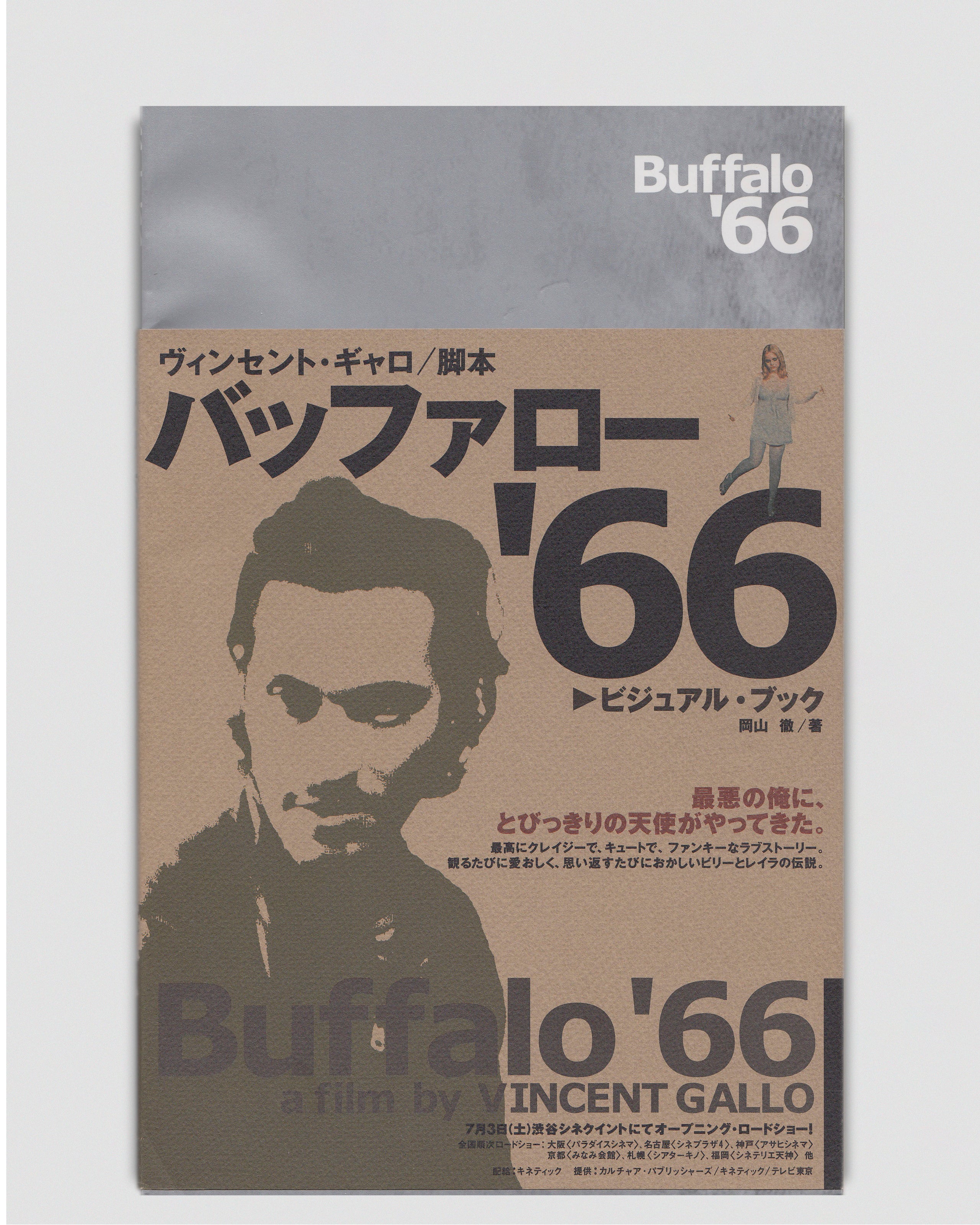
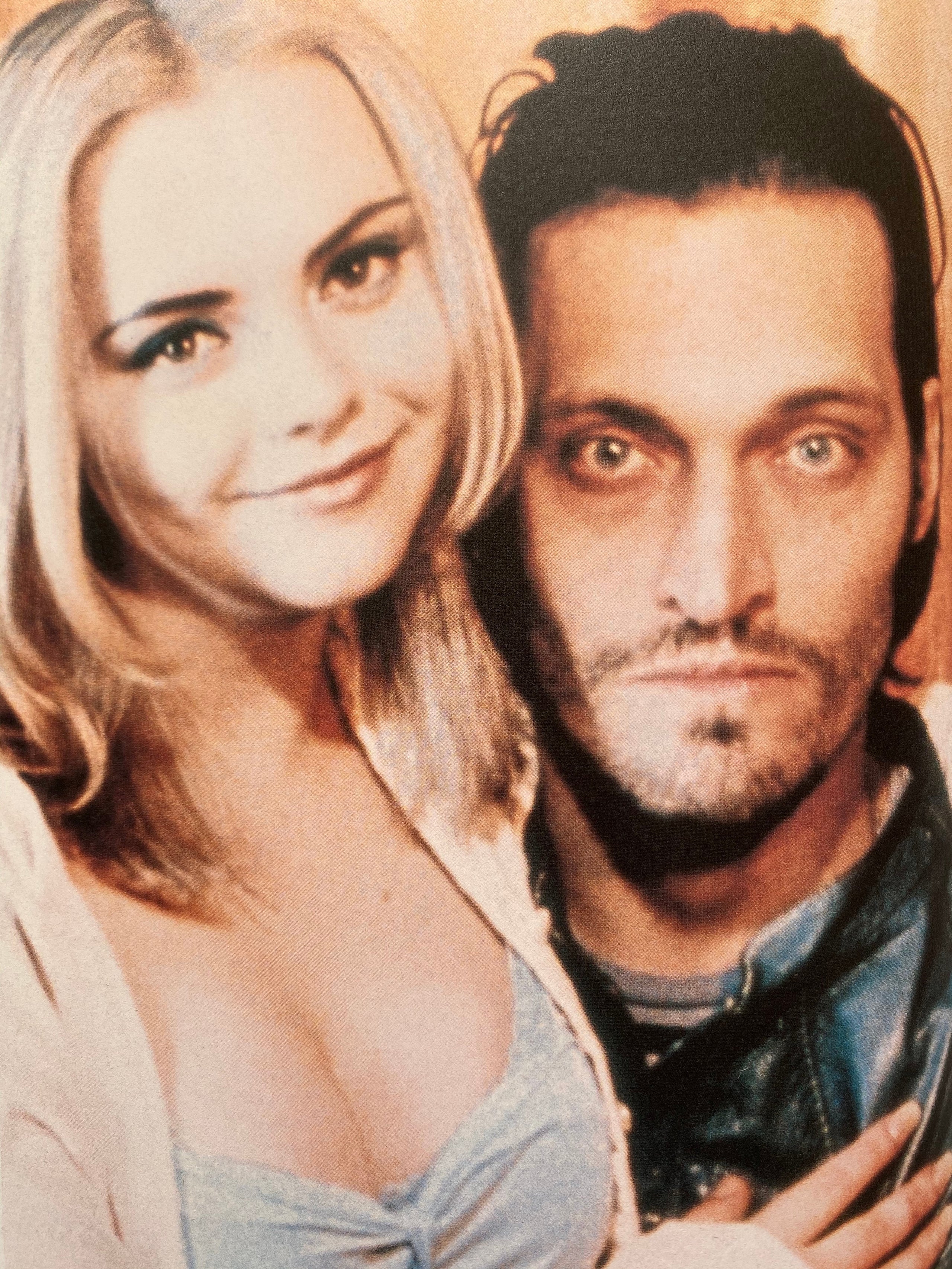
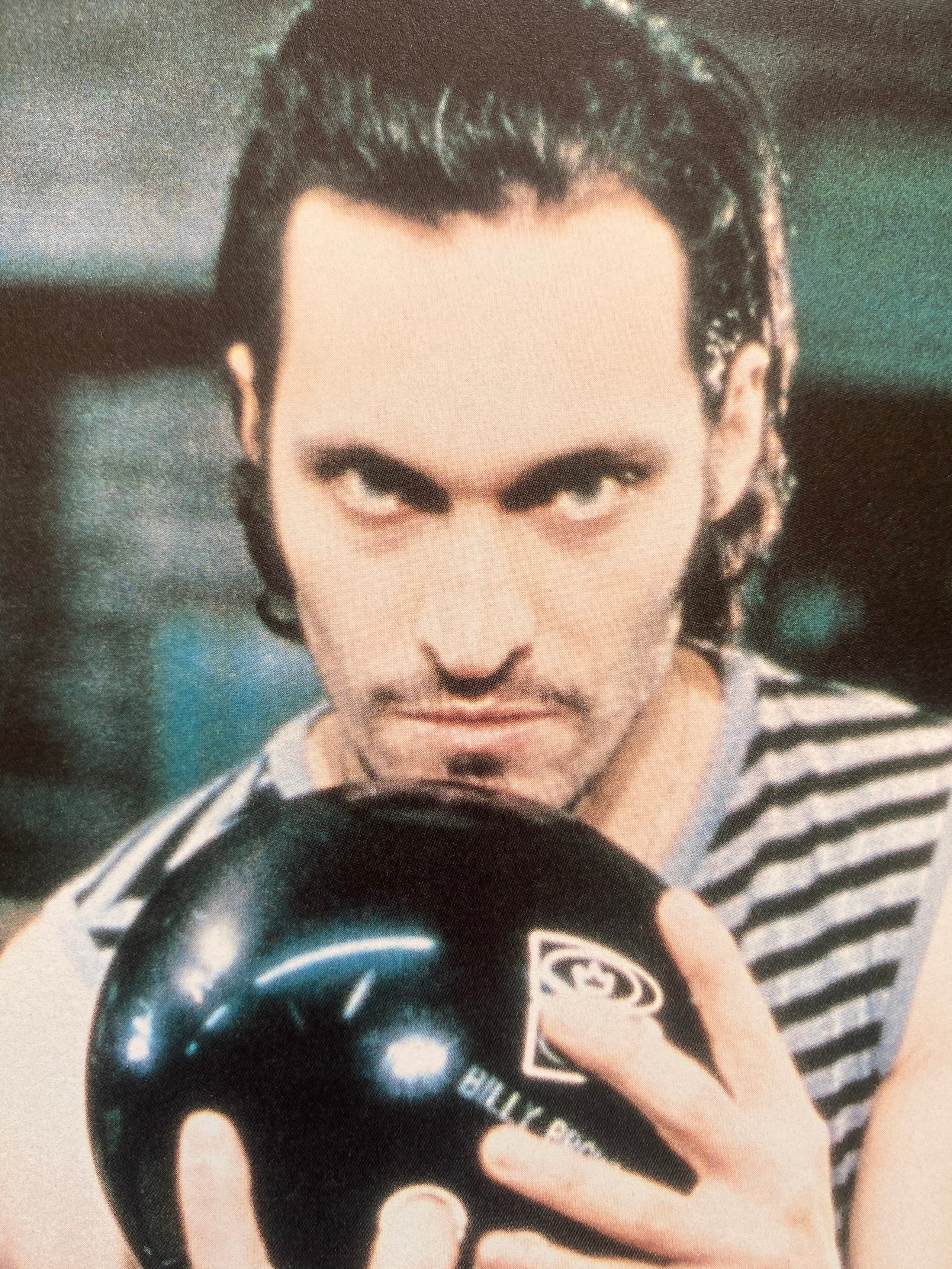
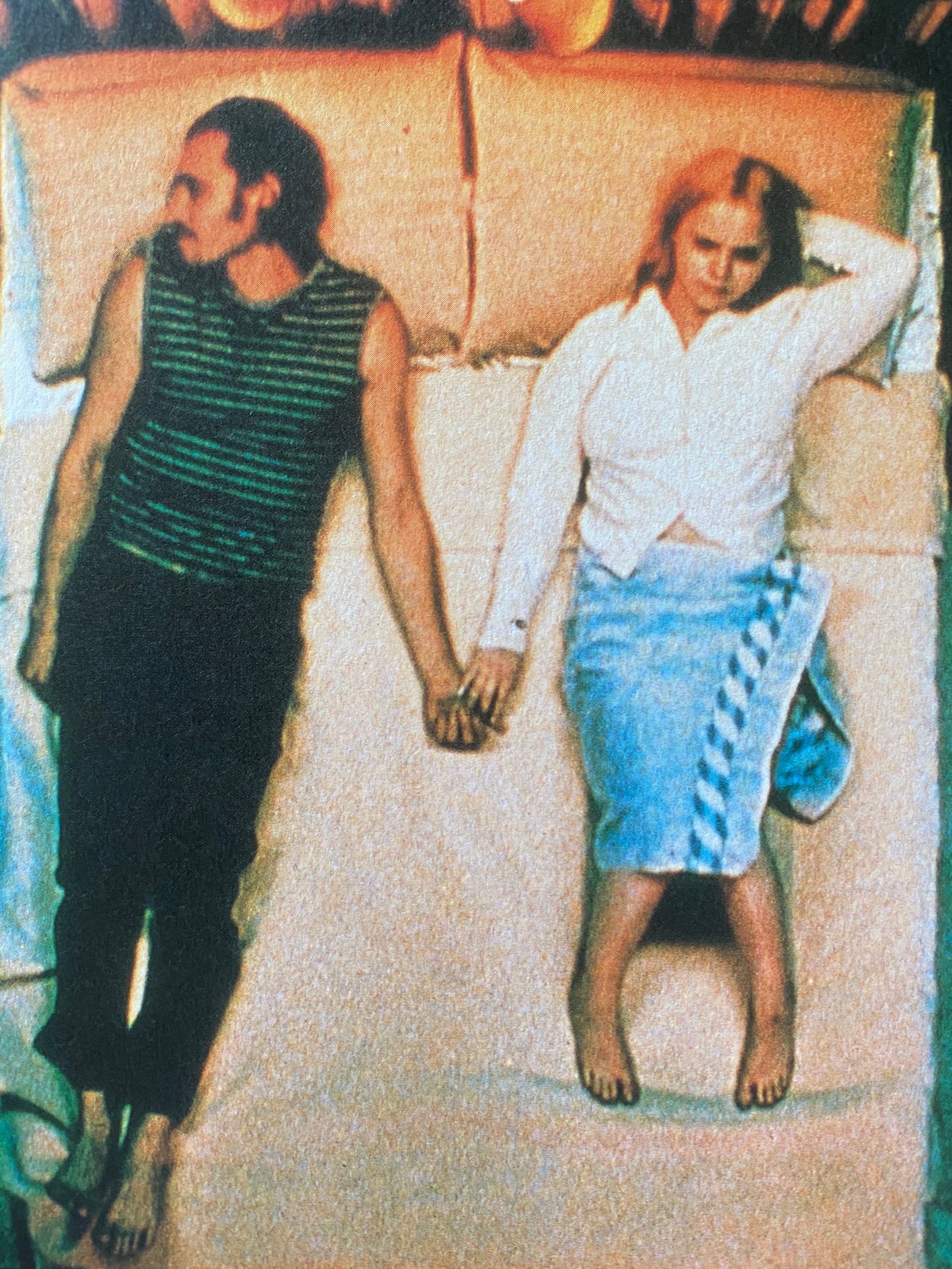
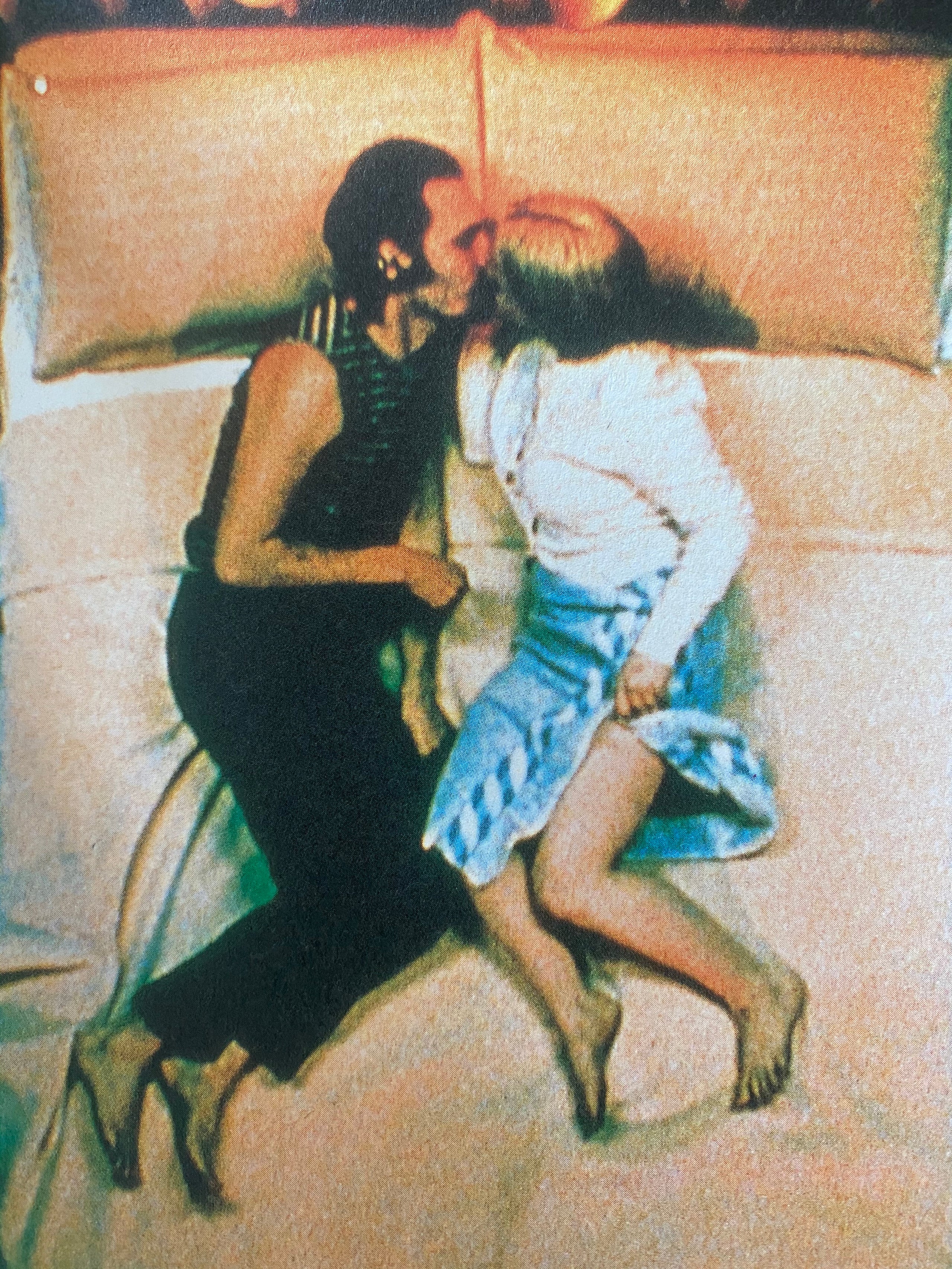

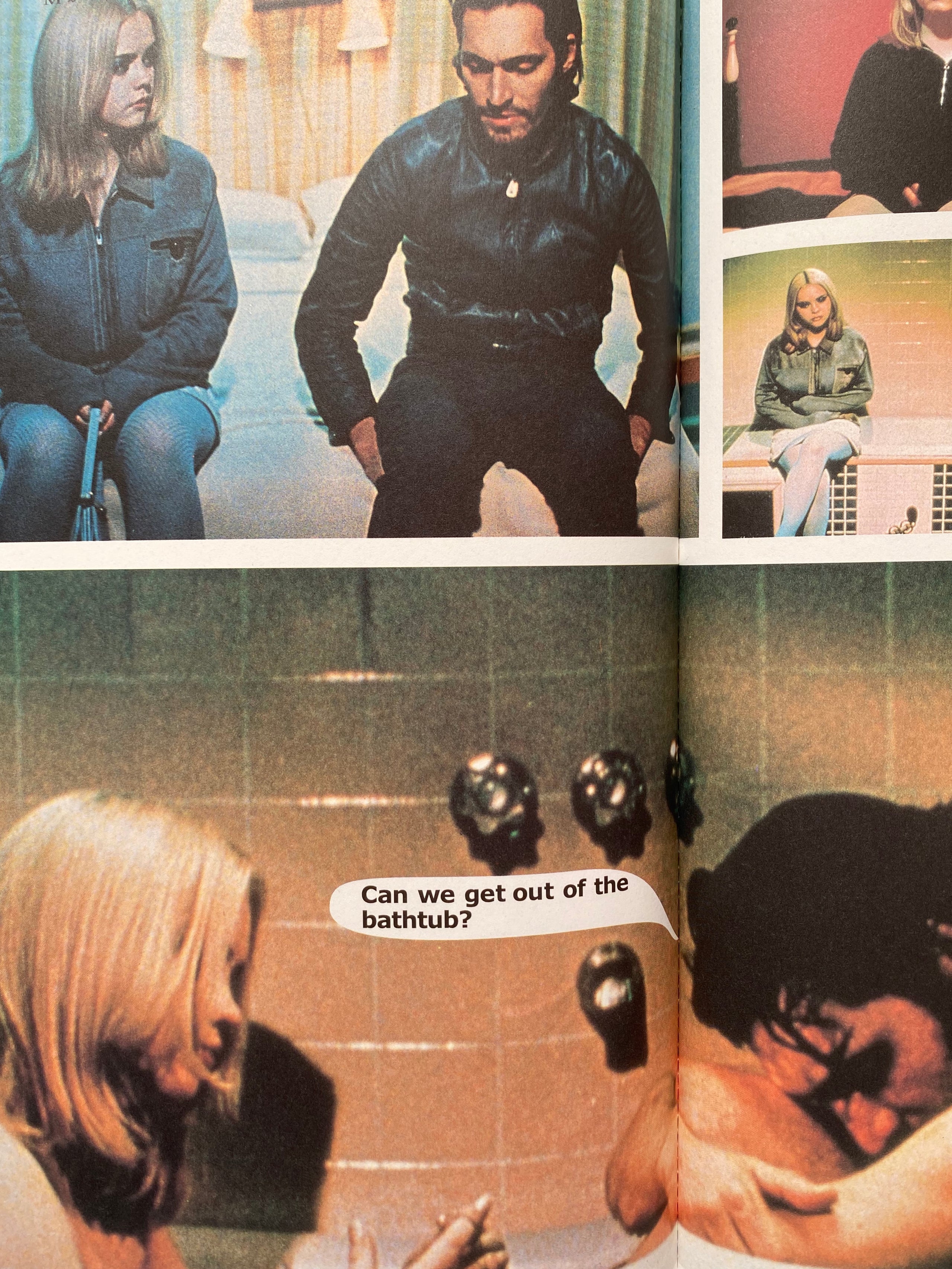
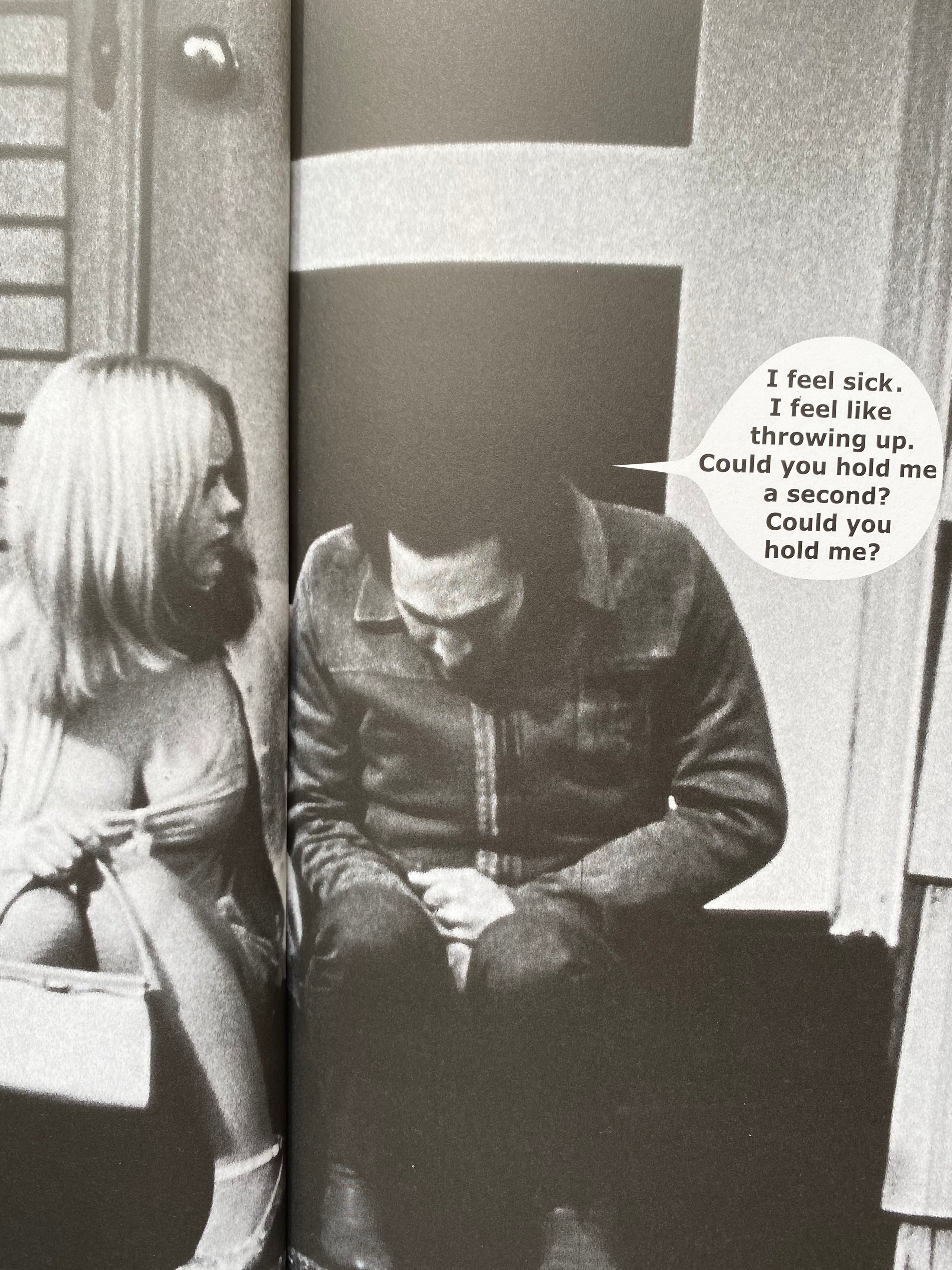
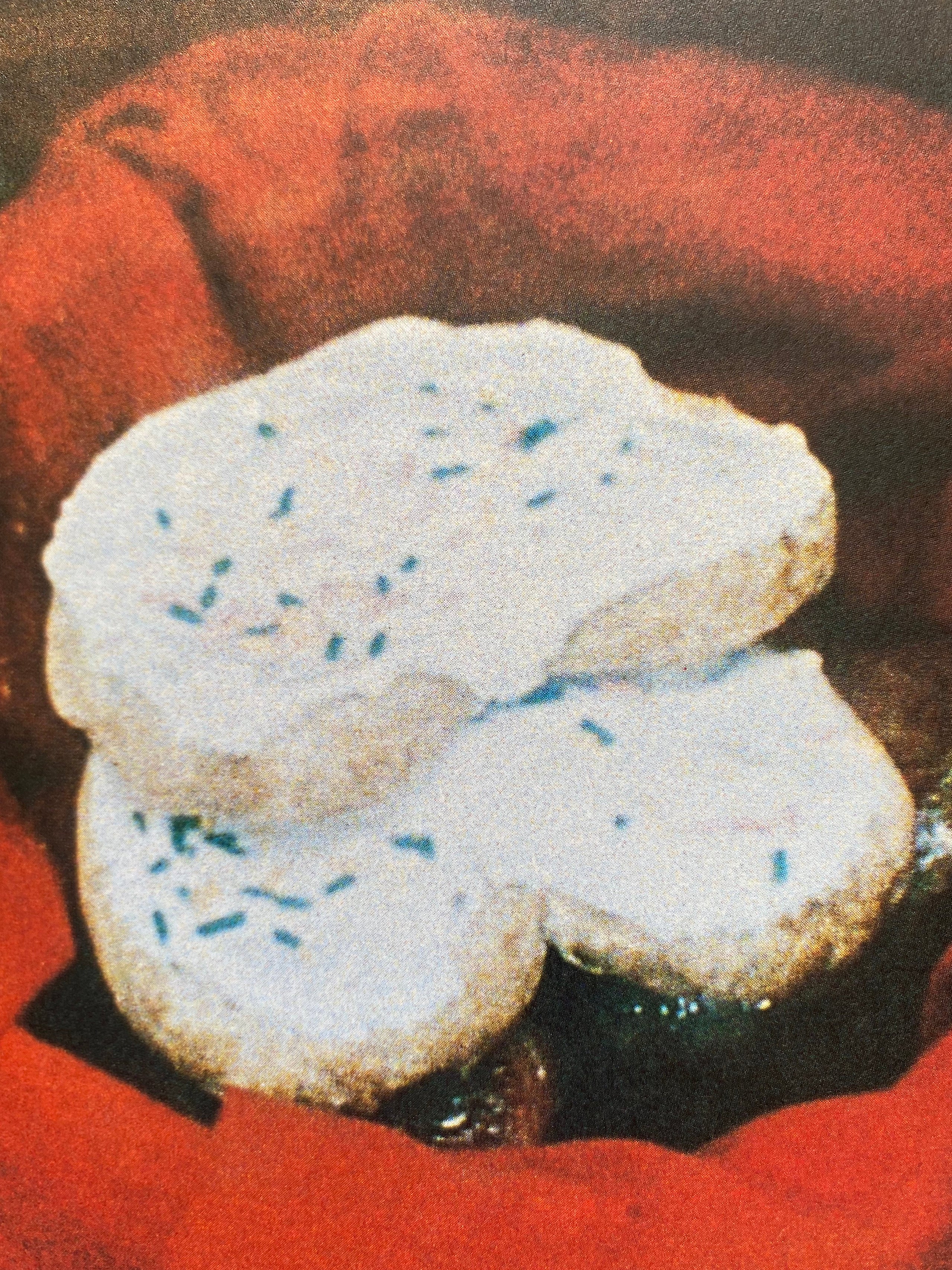
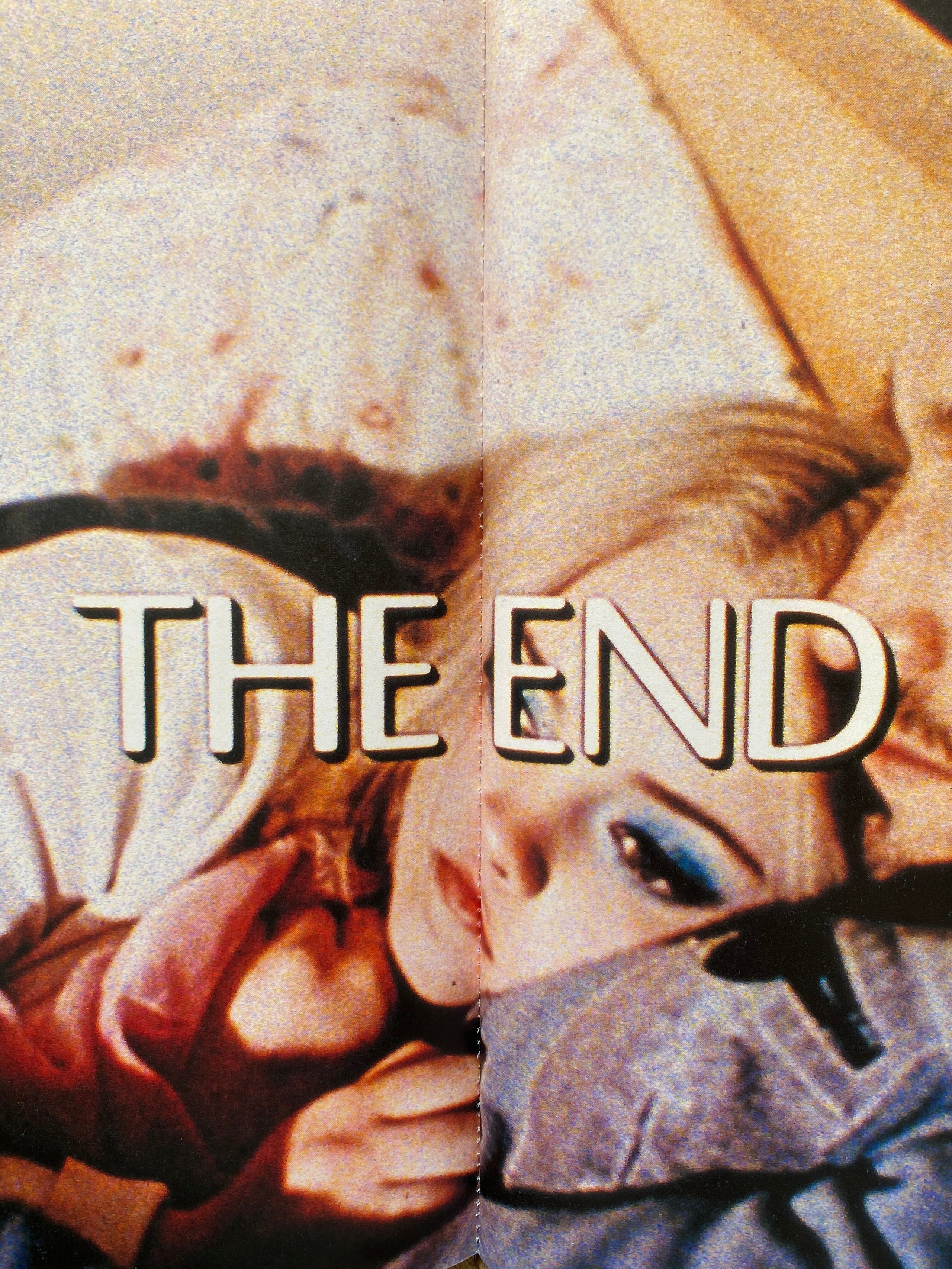
Buffalo '66
Vincent Gallo
Softcover | First edition | 87 pages
Published by Tohru Okayama, 1999.
The intimate, idiosyncratic and very funny "Buffalo '66", directed by and starring Vincent Gallo, from a semi-autobiographical script co-authored with Alison Bagnall. The film feels like a projection of Gallo's very psyche. The book features film stills, portraits and ephemera which beautifully capture that otherworldly quality to Gallo's vision, with his mixture of modern and 30-year-old decor and a cast of characters who behave as if they were living in another era.
Condition: very good.

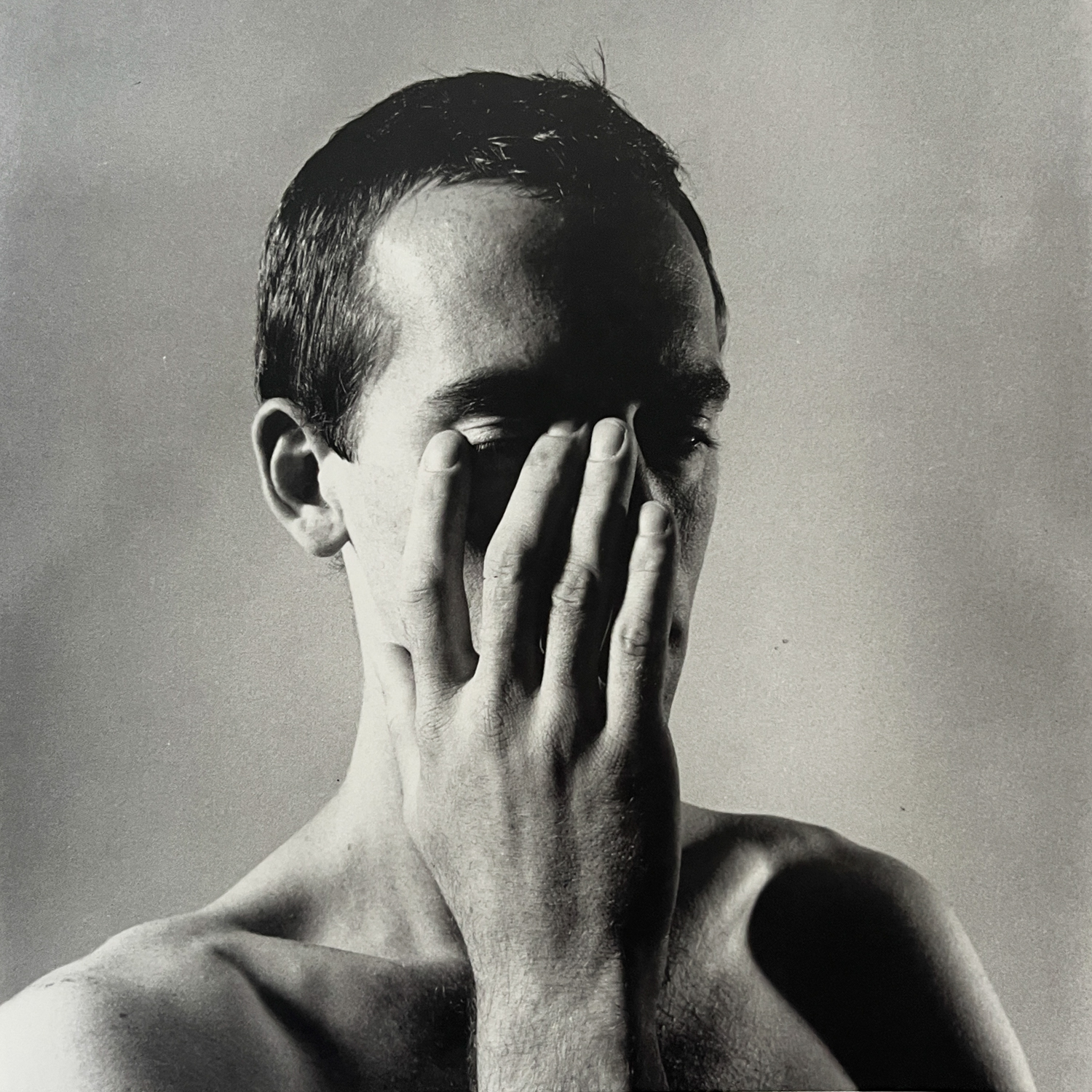


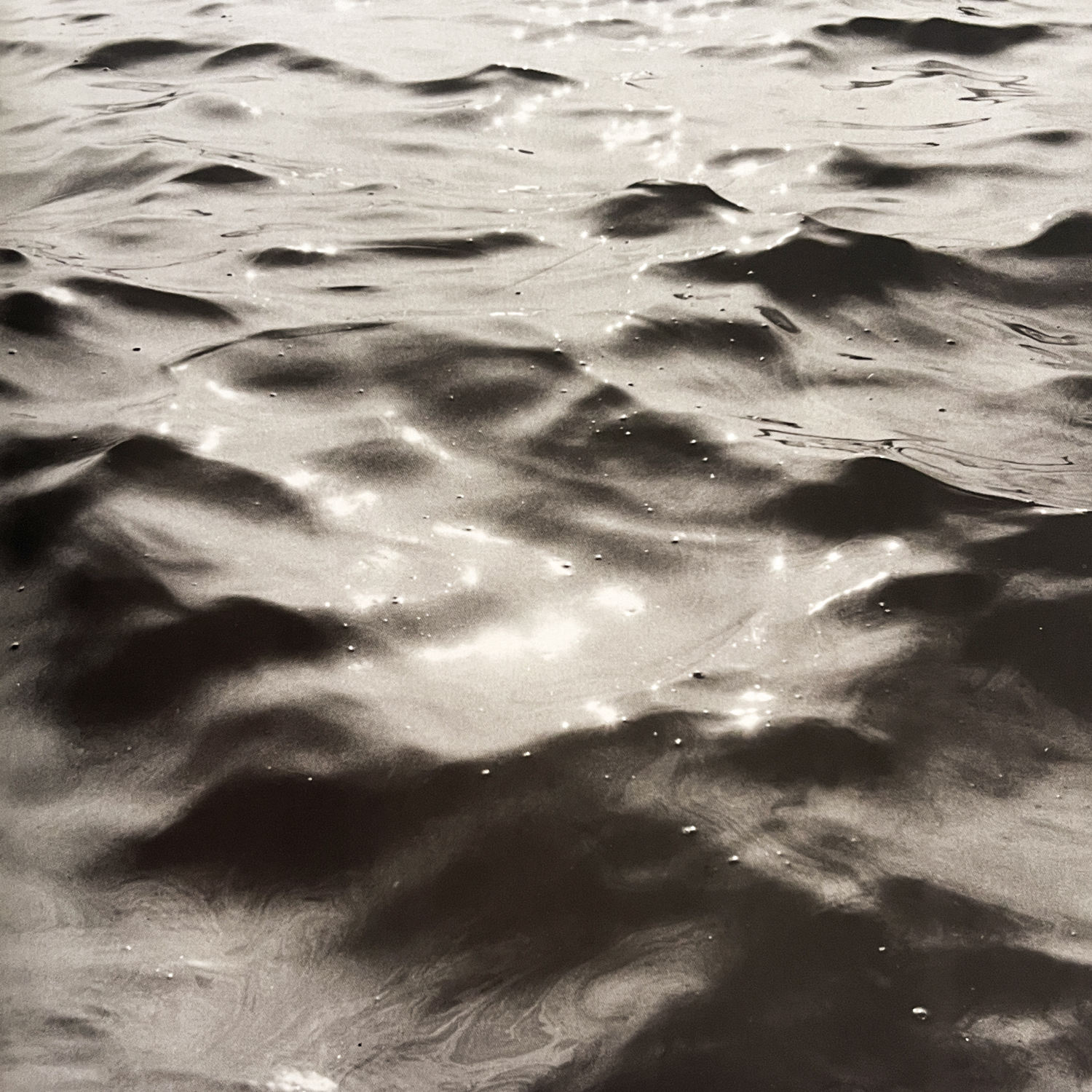
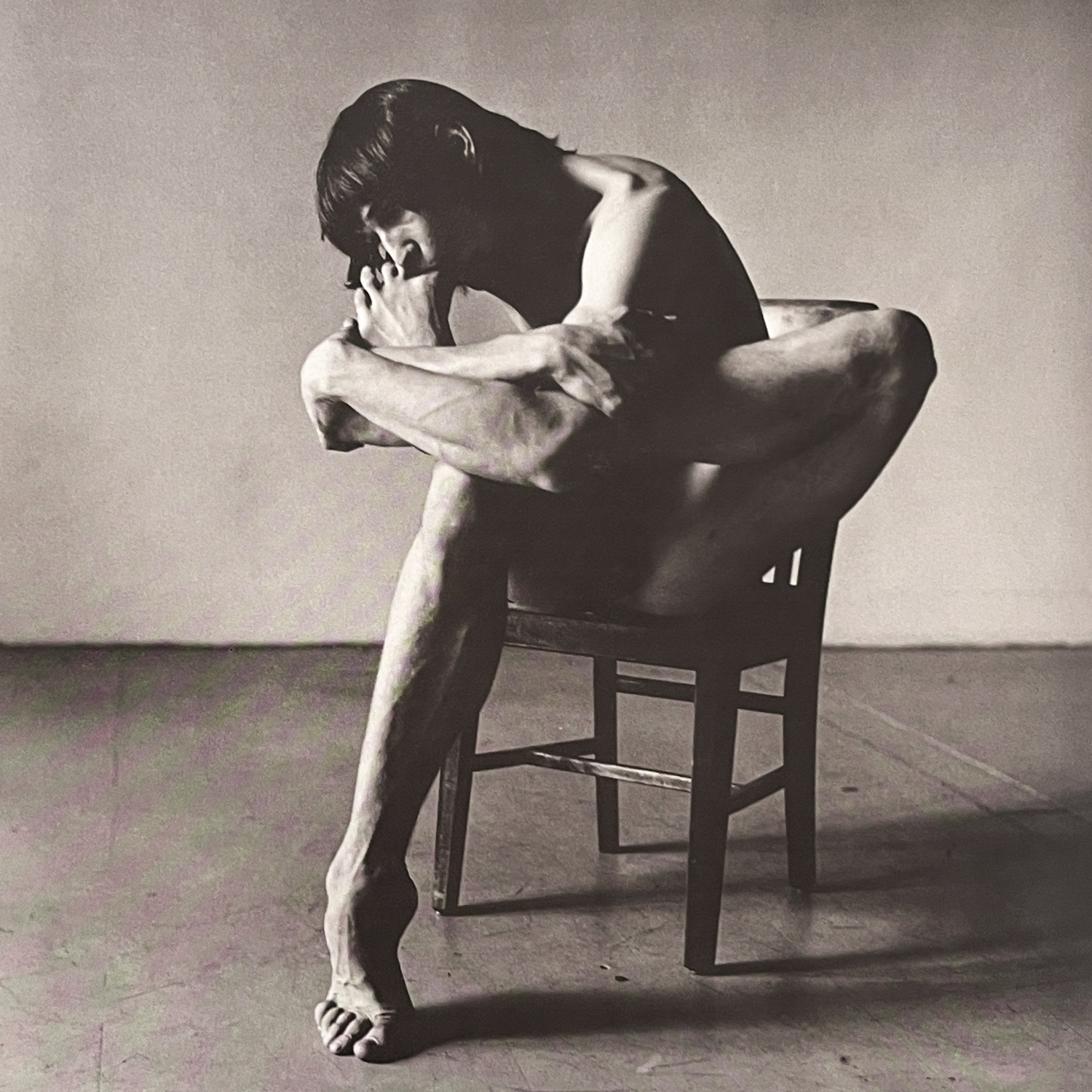

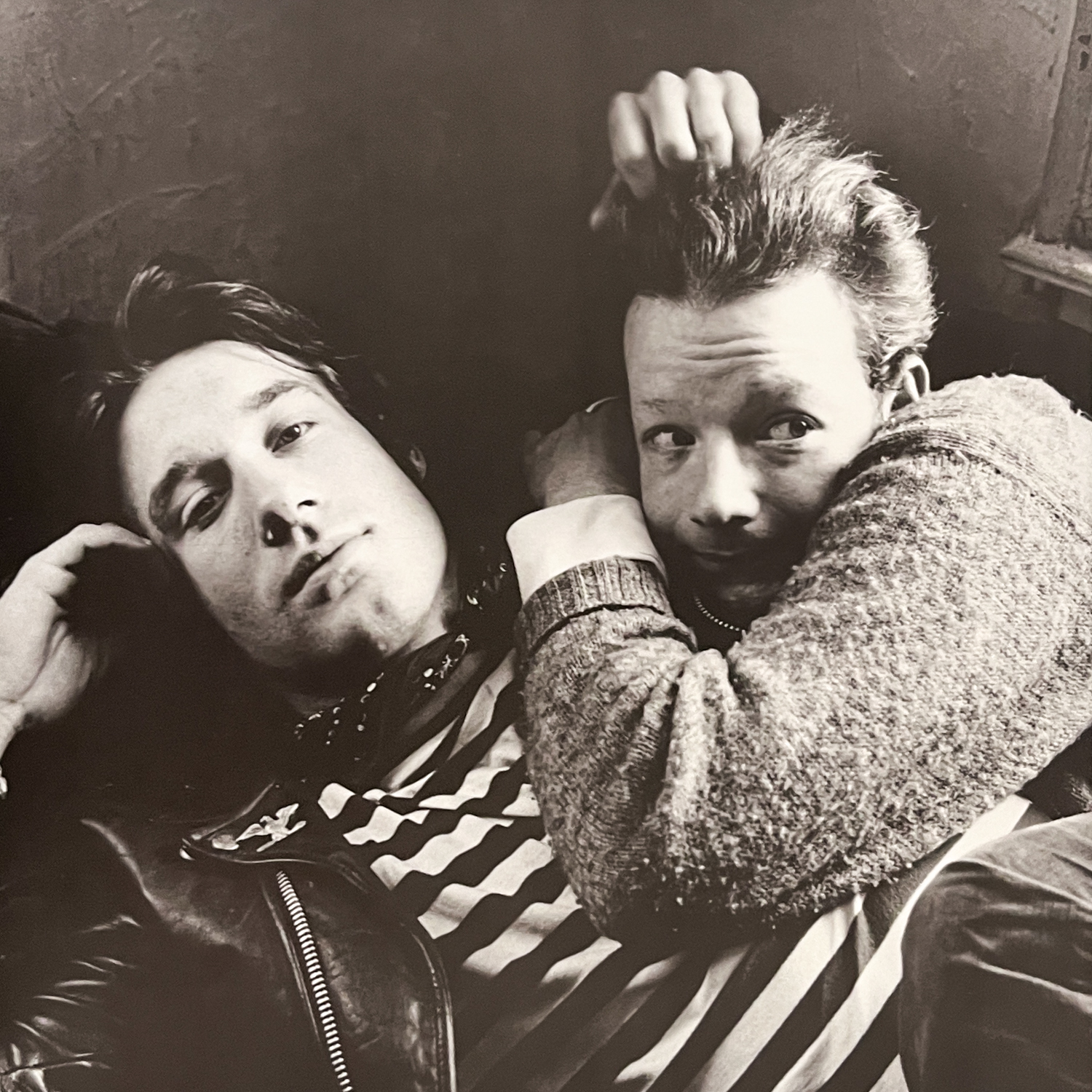


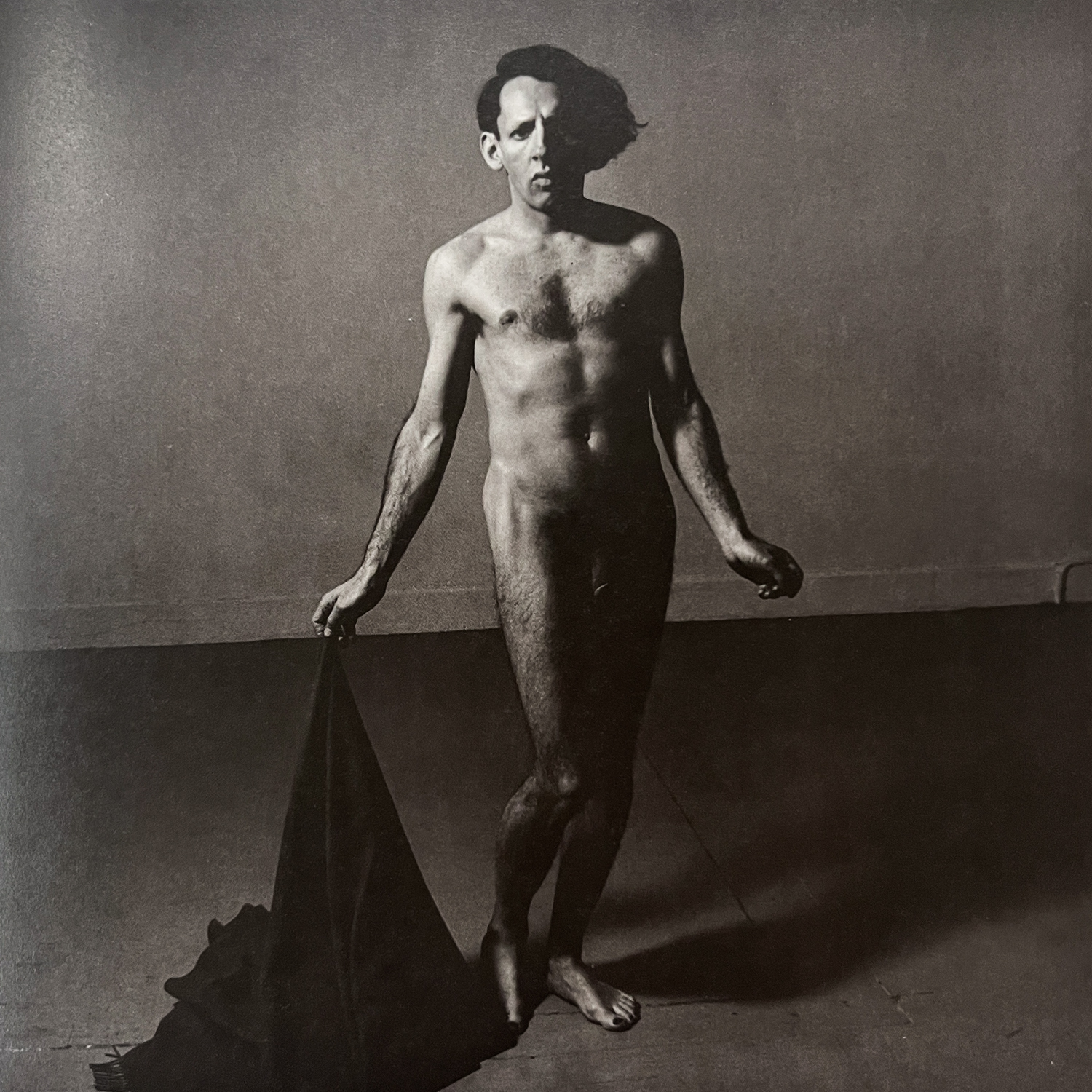
Peter Hujar
Peter Hujar
Softcover | First Edition | 95 pages
Published by Grey Art Gallery, 1990.
Peter Hujar was a revered figure in the downtown New York creative scene from the 1960s until his passing in 1987 to AIDS-related illness. The photographer left behind a complex and profound body of work, best known for the texture and poignancy with which he explored decay, sexuality, death, and the life we share in common. Highly emotional yet stripped of excess, his photographs are always beautiful, although rarely in a conventional way. Hujar has been recognized posthumously as a major American photographer of the late-twentieth century. Yet his work received only marginal public recognition during his lifetime.
Includes essays by Stephen Koch and Thomas Sokolowski, plus interviews with Fran Lebowitz and Vince Aletti.
Condition: good

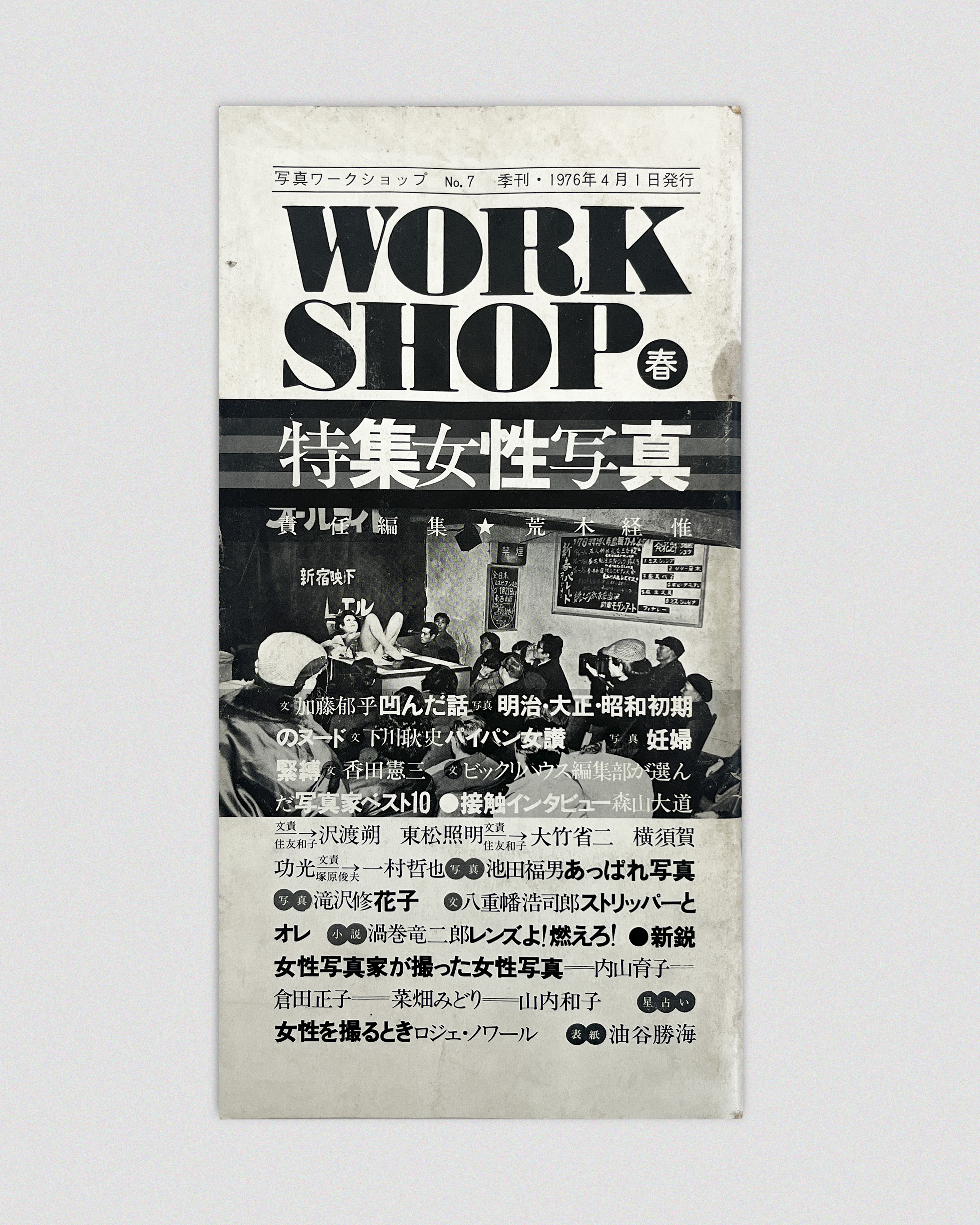




WORKSHOP No.7
Fukuo Ikeda, Nobuyoshi Araki
Softcover | out of print | unpaginated
Published by Workshop School of Photography, 1976.
The seventh publication from the avant-garde ‘Workshop Photography School’ founded by Daido Moyiyama in 1974, and co founded by Shomei Tomatsu, Masahisa Fukase, Eikoh Hosoe, Daido Moriyama and Noriaki Yokosuka, each of whom contributed to the magazine's essays and criticism. The school’s alumni included Keizo Kitajima, Seiji Kurata, Osamu Takizawa among others. Each issue contains both images and essays, and was edited by a founder member, with sections by each in every issue, along with work created with and by the students. While the school closed its doors in March 1976, production of the magazine continued until the eighth issue in July 1976.
A truly fascinating document of the development of post provoke photography.
This issue was edited by Nobuyoshi Araki and focusses on bondage and nude photography. Featuring work from Fukuo Ikeda.
Condition: very good



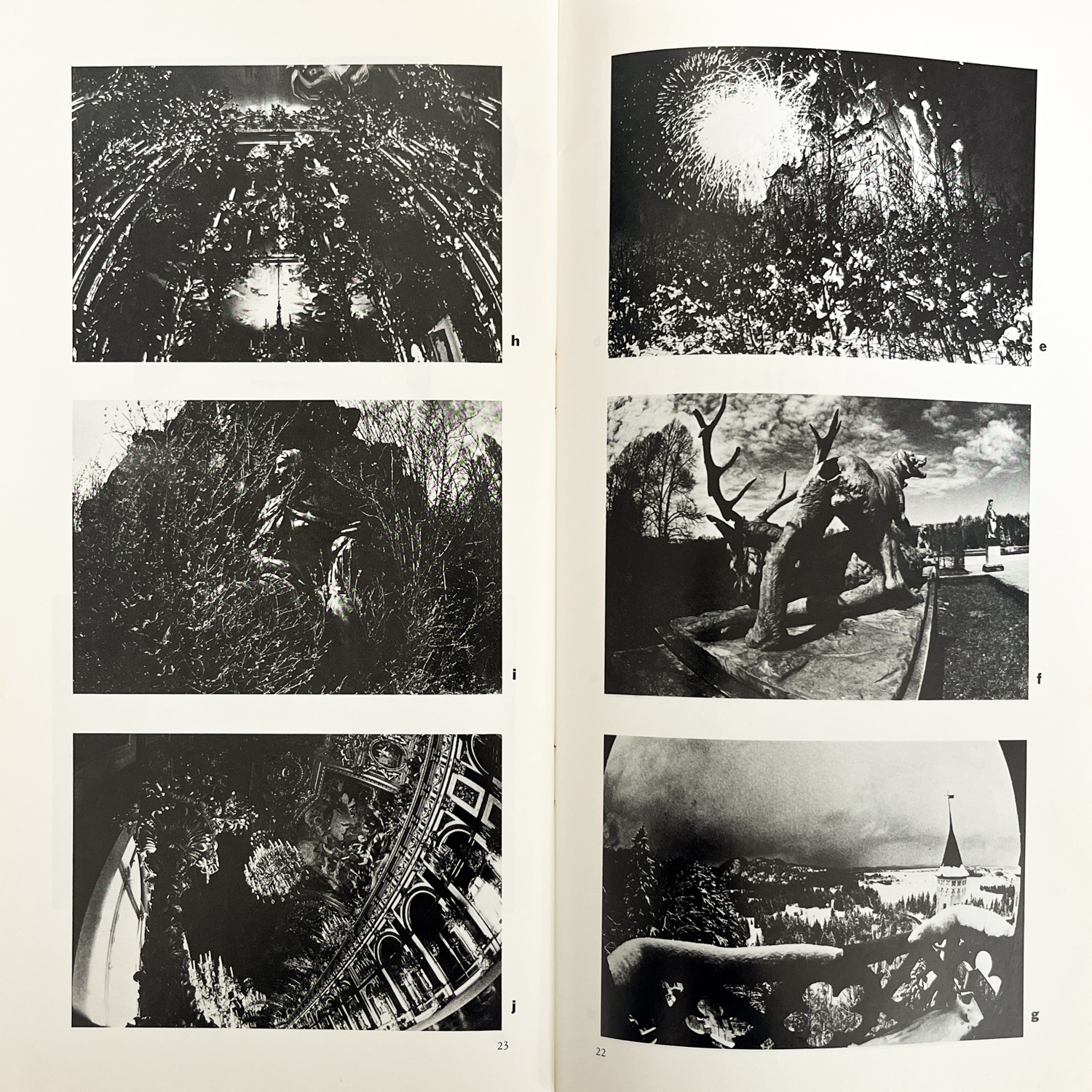

WORKSHOP No.6
Daido Moriyama
Softcover | out of print | 80 pages
Published by Workshop School of Photography, 1976.
The sixth publication from the avant-garde ‘Workshop Photography School’ founded by Daido Moyiyama in 1974, and co founded by Shomei Tomatsu, Masahisa Fukase, Eikoh Hosoe, Daido Moriyama and Noriaki Yokosuka, each of whom contributed to the magazine's essays and criticism. The school’s alumni included Keizo Kitajima, Seiji Kurata, Osamu Takizawa among others. Each issue contains both images and essays, and was edited by a founder member, with sections by each in every issue, along with work created with and by the students. While the school closed its doors in March 1976, production of the magazine continued until the eighth issue in July 1976.
A truly fascinating document of the development of post provoke photography.
This issue focusses on the work of Daido Moriyama.
Condition: very good




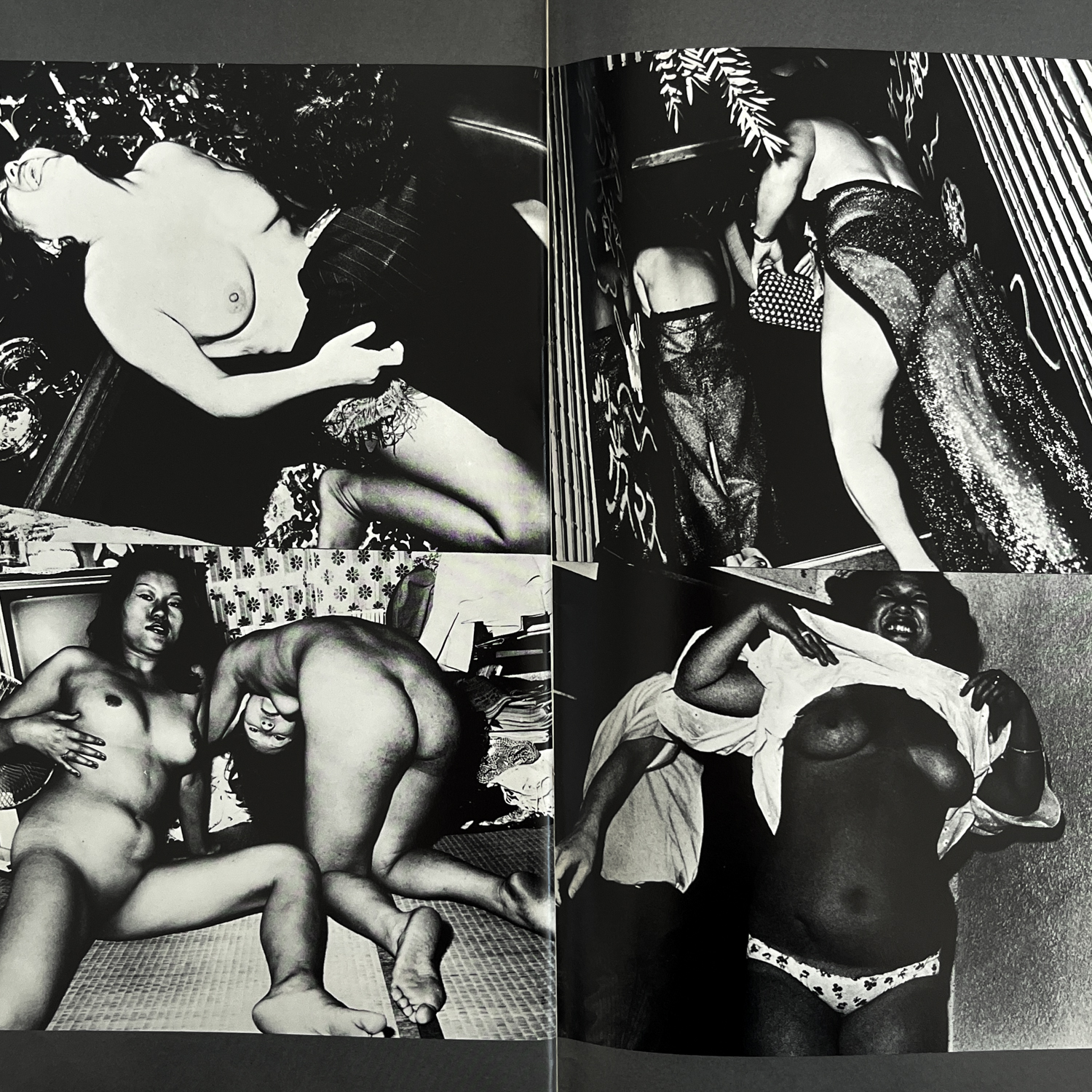



WORKSHOP No.8
Seiji Kurata
$250
Softcover | out of print | unpaginated
Published by Workshop School of Photography, 1976.
The seventh publication from the avant-garde ‘Workshop Photography School’ founded by Daido Moyiyama in 1974, and co founded by Shomei Tomatsu, Masahisa Fukase, Eikoh Hosoe, Daido Moriyama and Noriaki Yokosuka, each of whom contributed to the magazine's essays and criticism. The school’s alumni included Keizo Kitajima, Seiji Kurata, Osamu Takizawa among others. Each issue contains both images and essays, and was edited by a founder member, with sections by each in every issue, along with work created with and by the students. While the school closed its doors in March 1976, production of the magazine continued until the eighth issue in July 1976.
A truly fascinating document of the development of post provoke photography.
This issue focusses on the work of Seiji Kurata, much of which later appeared in Kurata’s extraordinary photobook, ‘Flash-Up’, as well as a number of his otherwise unpublished photos.
Condition: very good (price sticker stuck to front cover)


Tokyo-Ga Film Poster
Wim Wenders
Original Spanish promotional poster, 1983.
27 x 41 inches
In 1983 Wim Wenders travelled to Tokyo in an attempt to see the city depicted in the films by master filmmaker, Yasujiro Ozu. Directed and narrated by Wenders with appearances from Werner Herzog, Chishu Ryu & Yuharu Atsuta. A fascinating look into early 80’s Tokyo.
Condition: Very good (never folded)